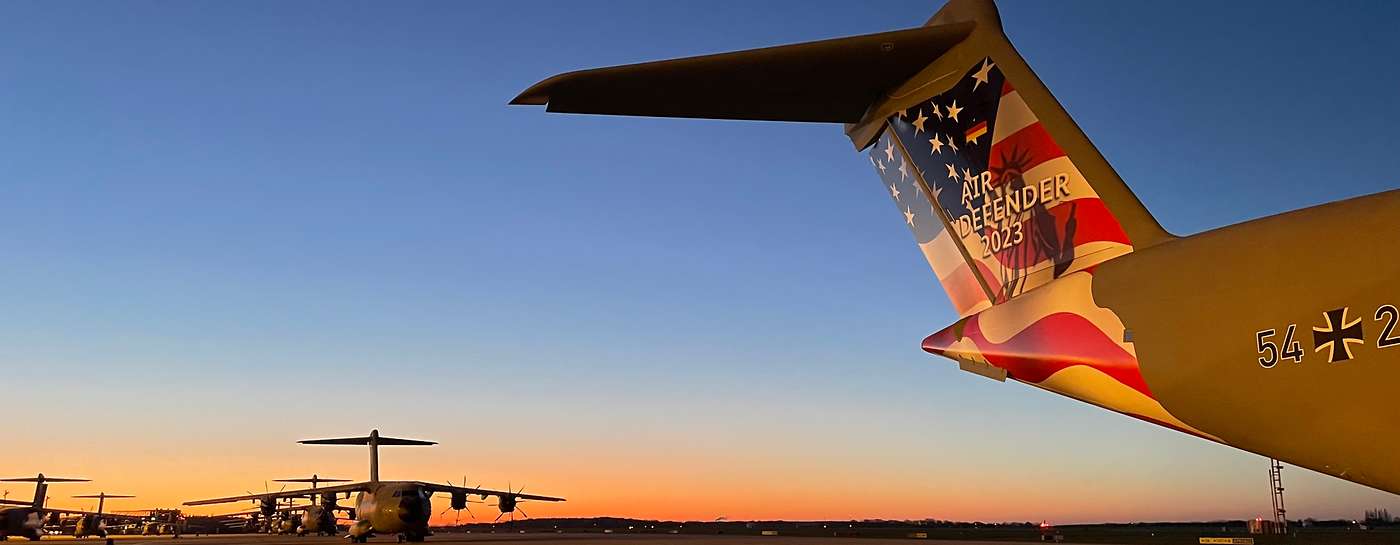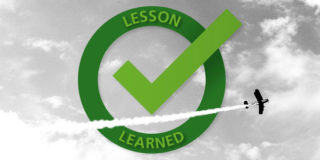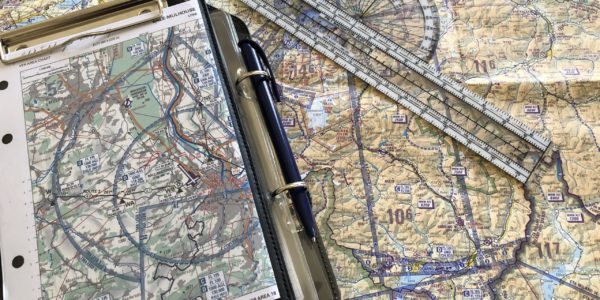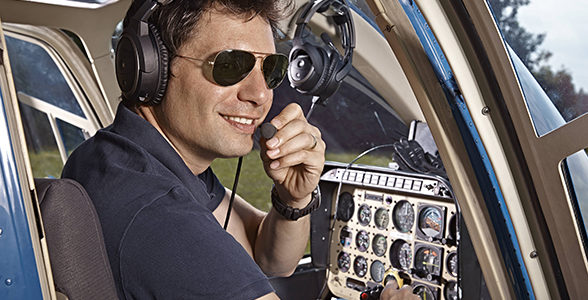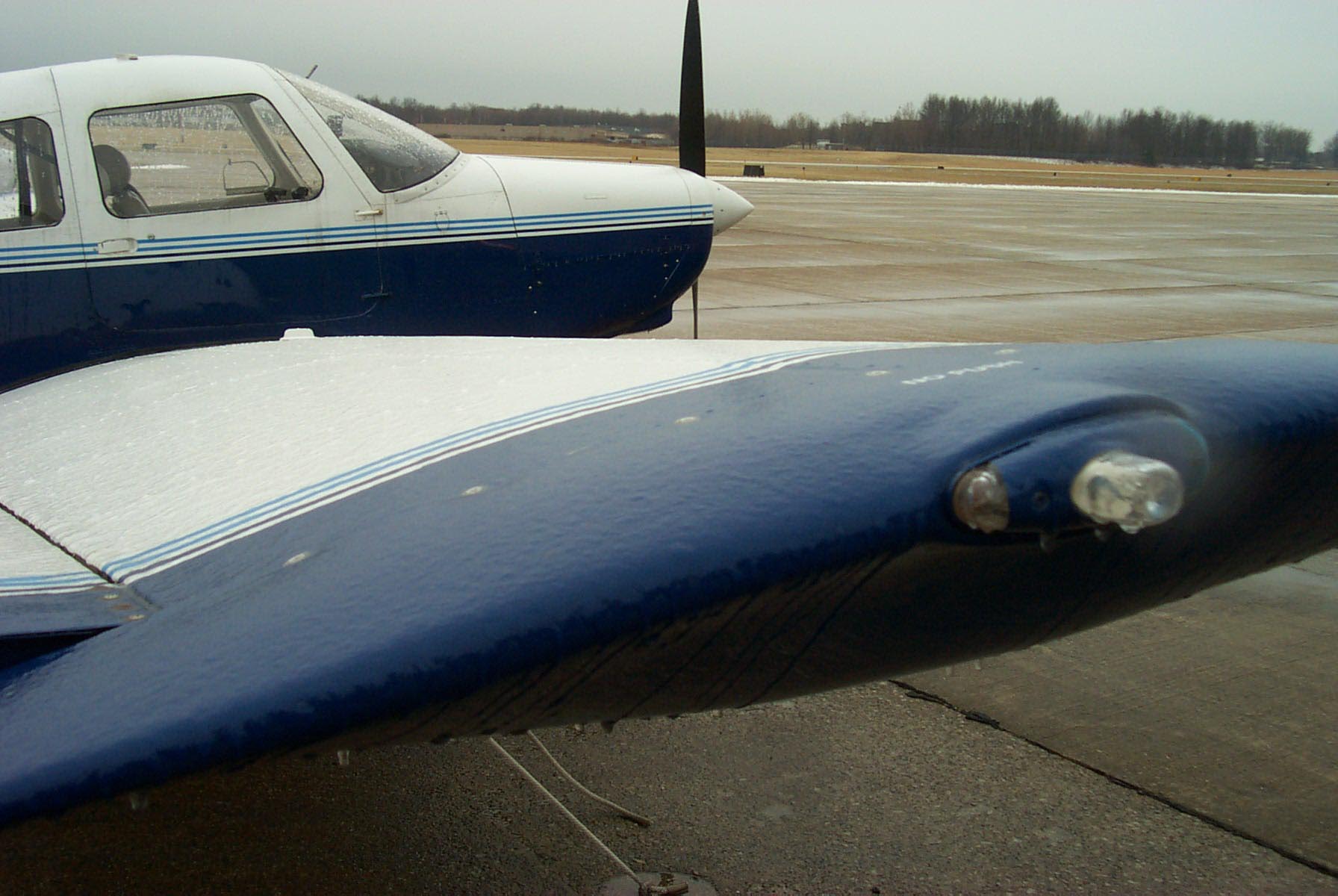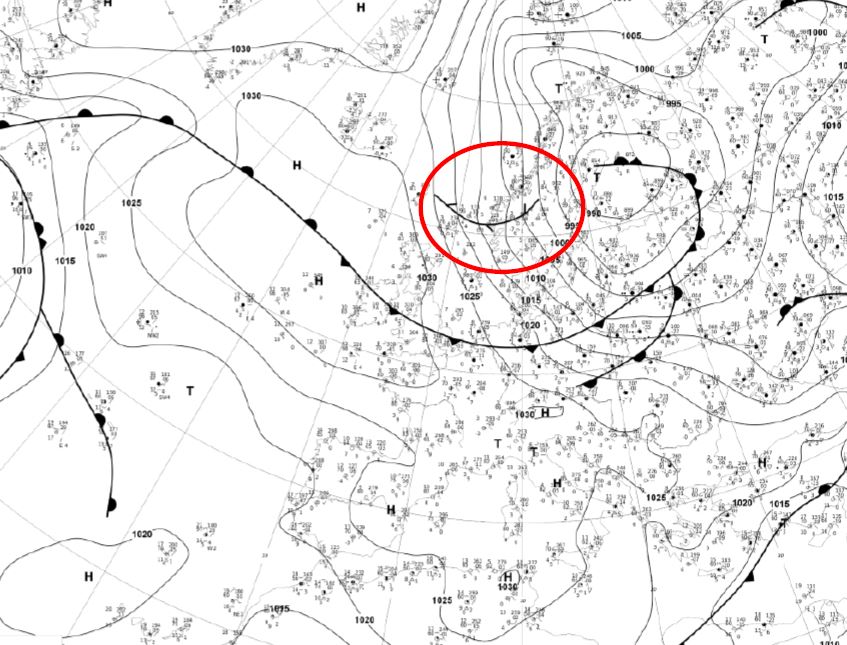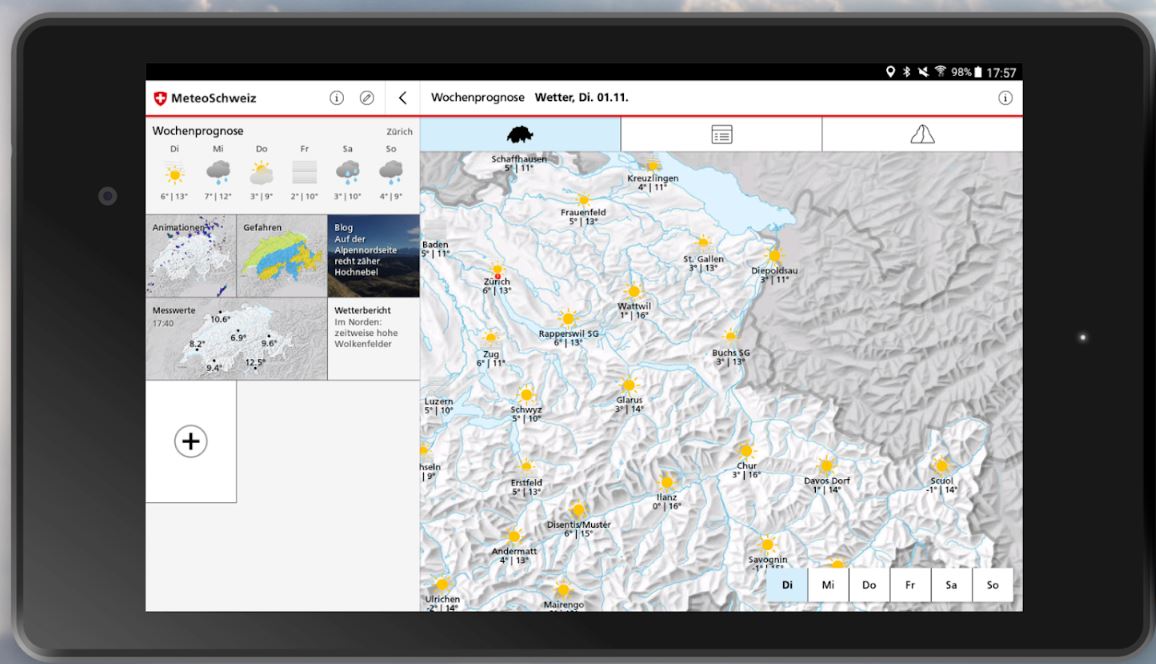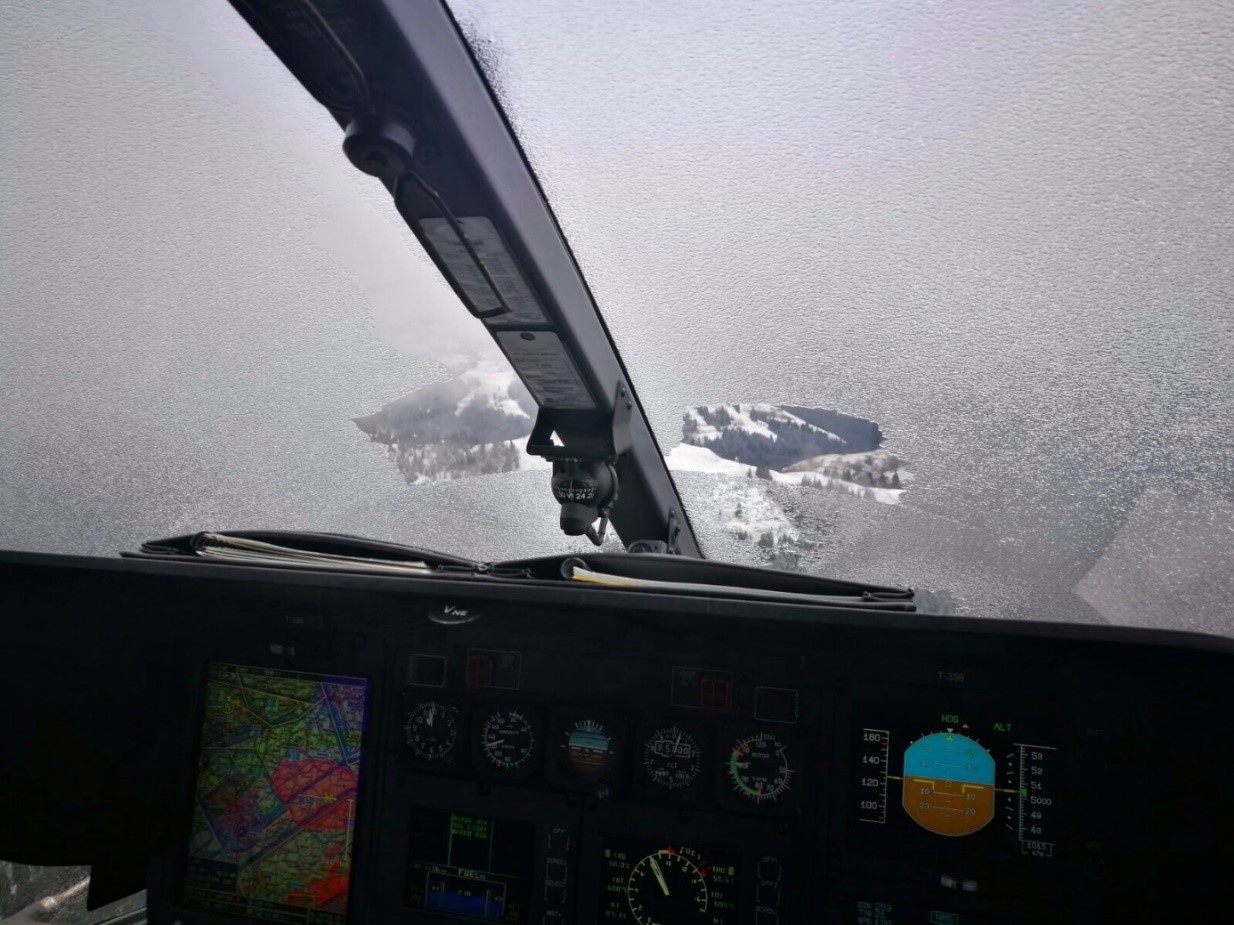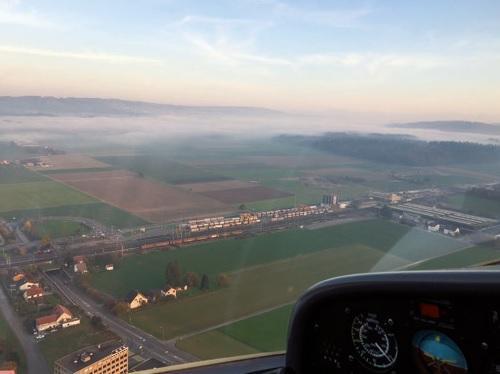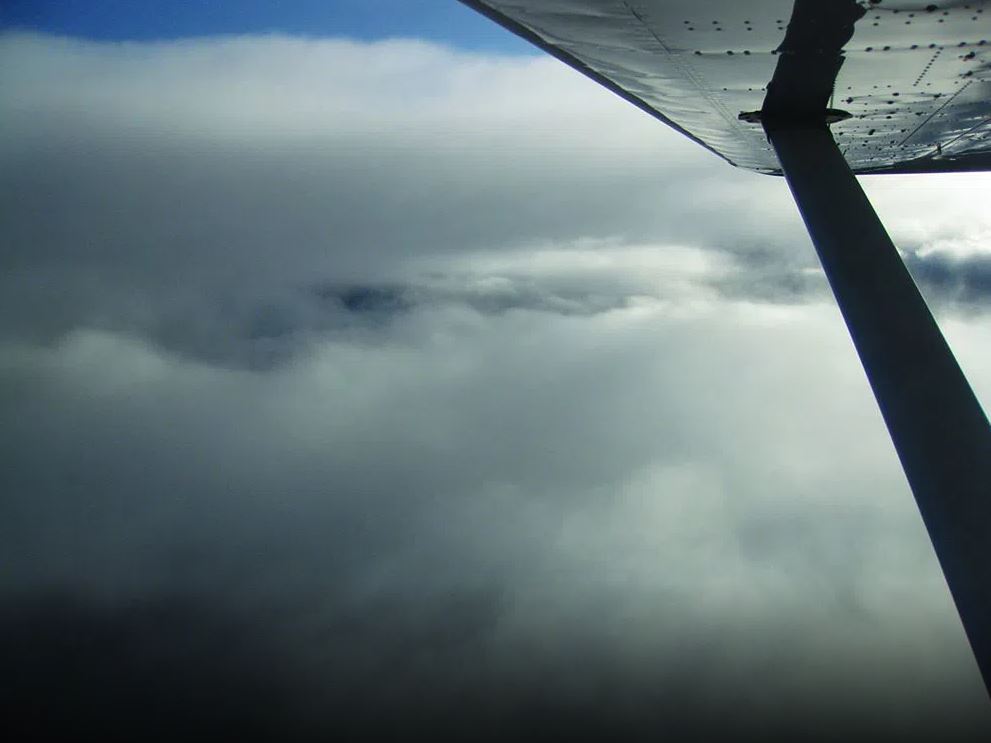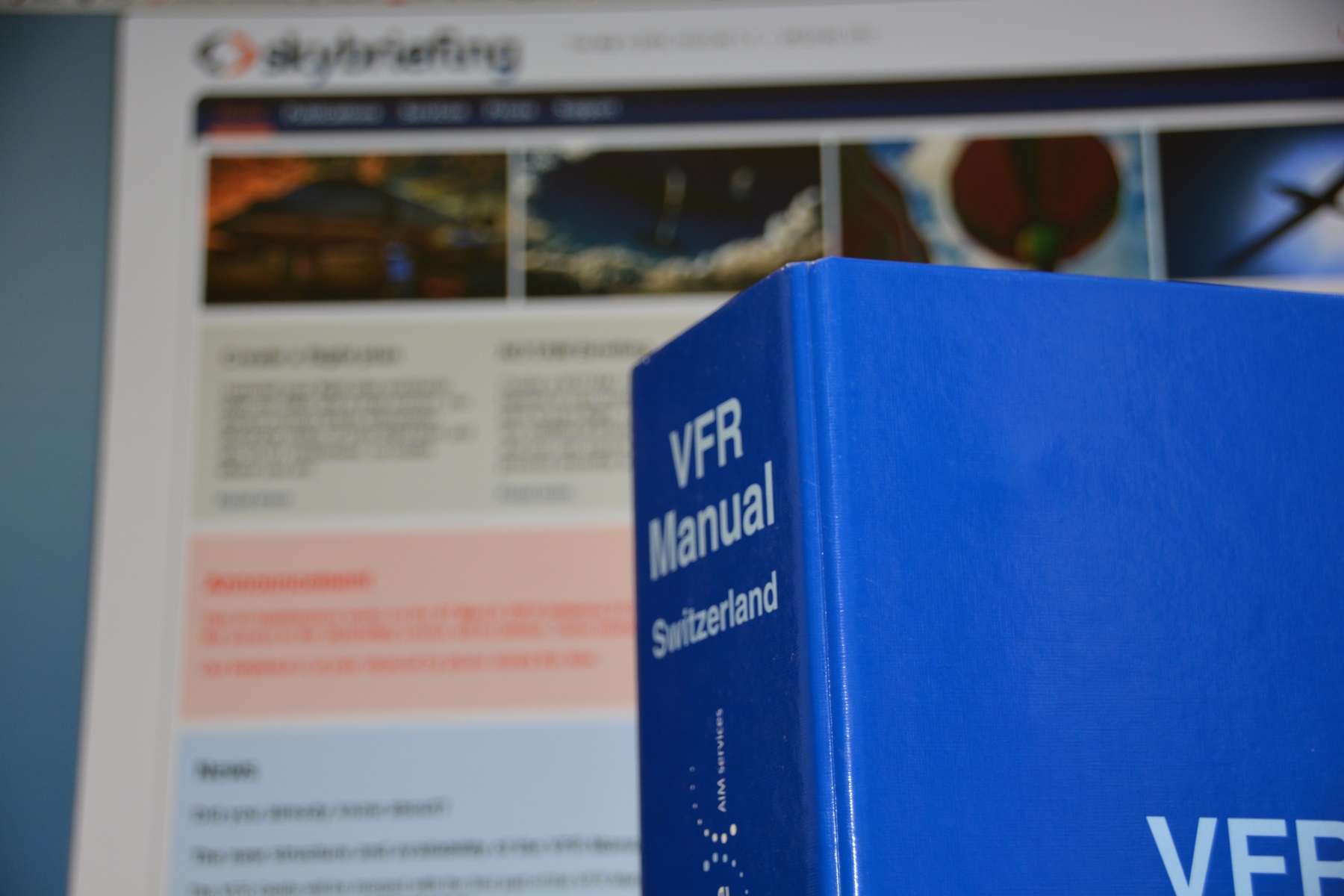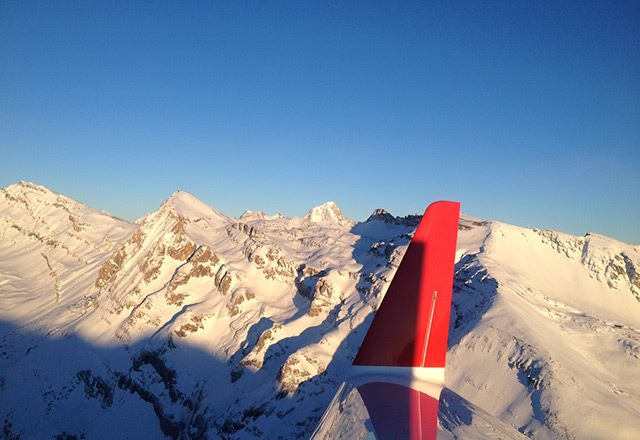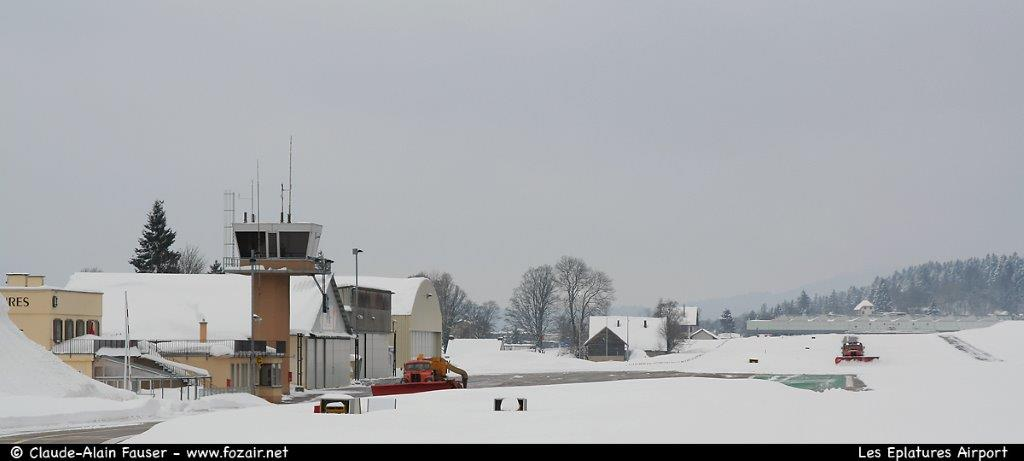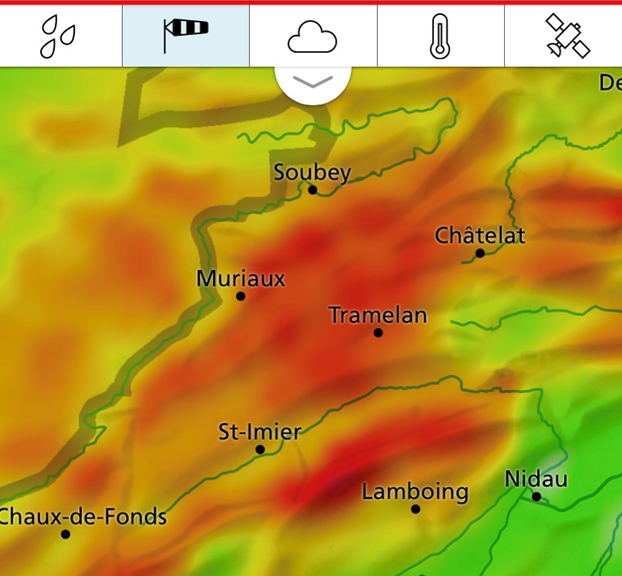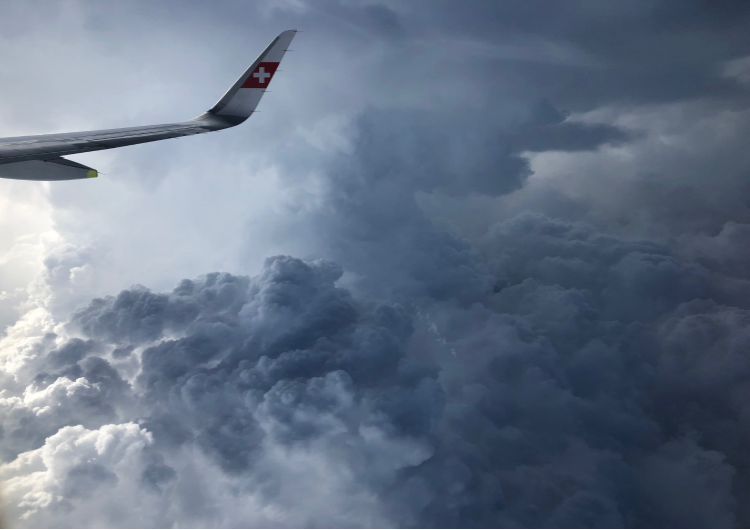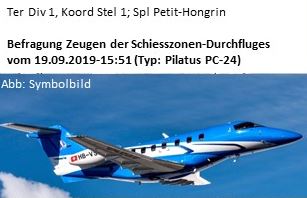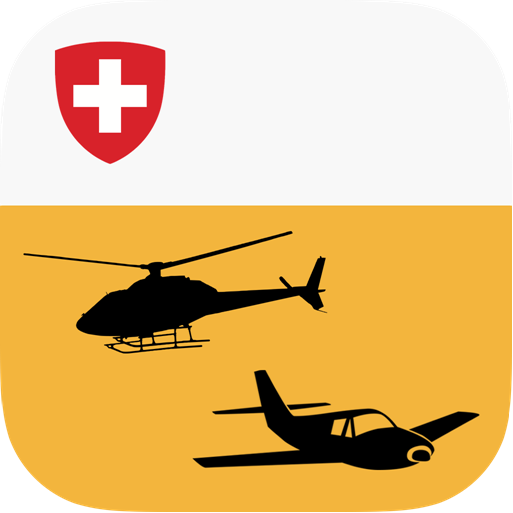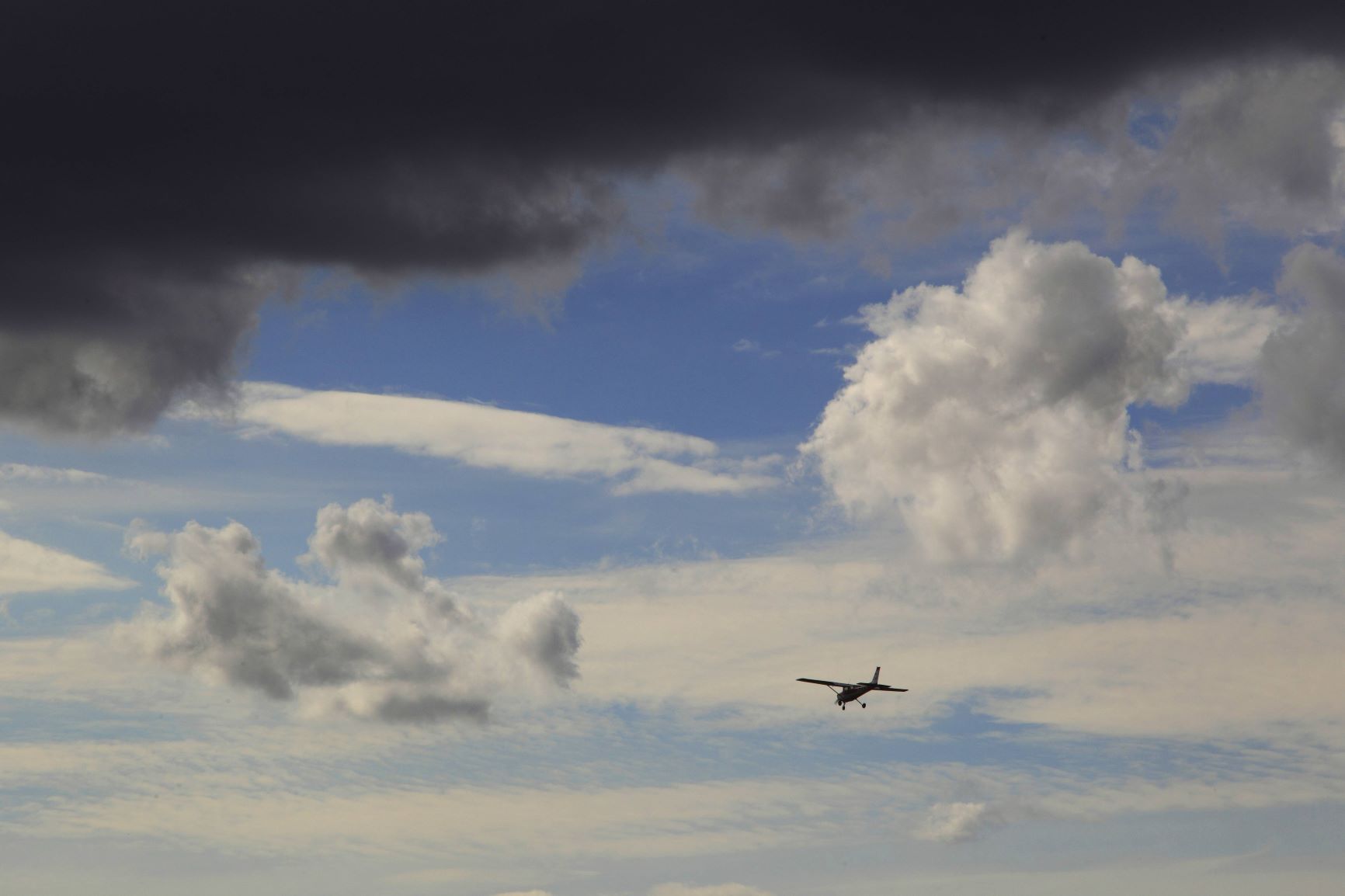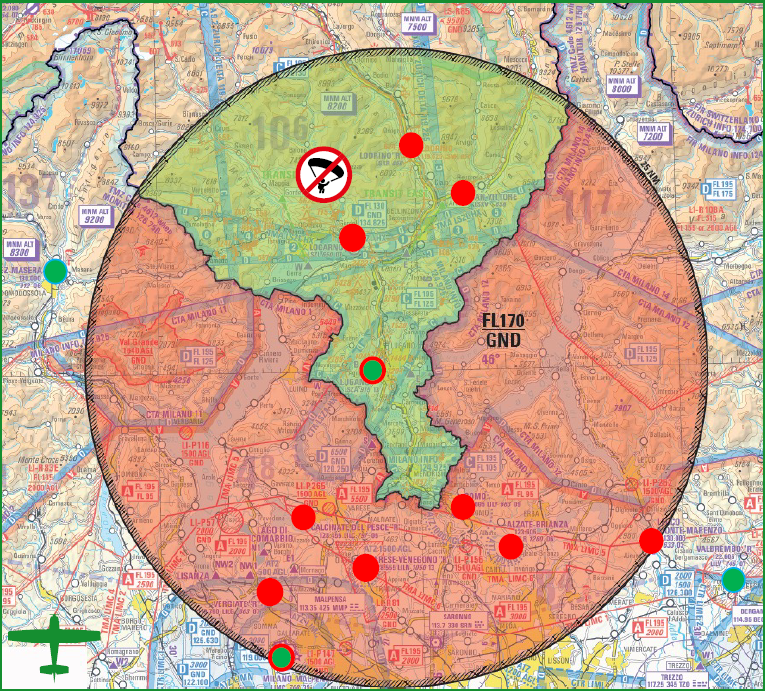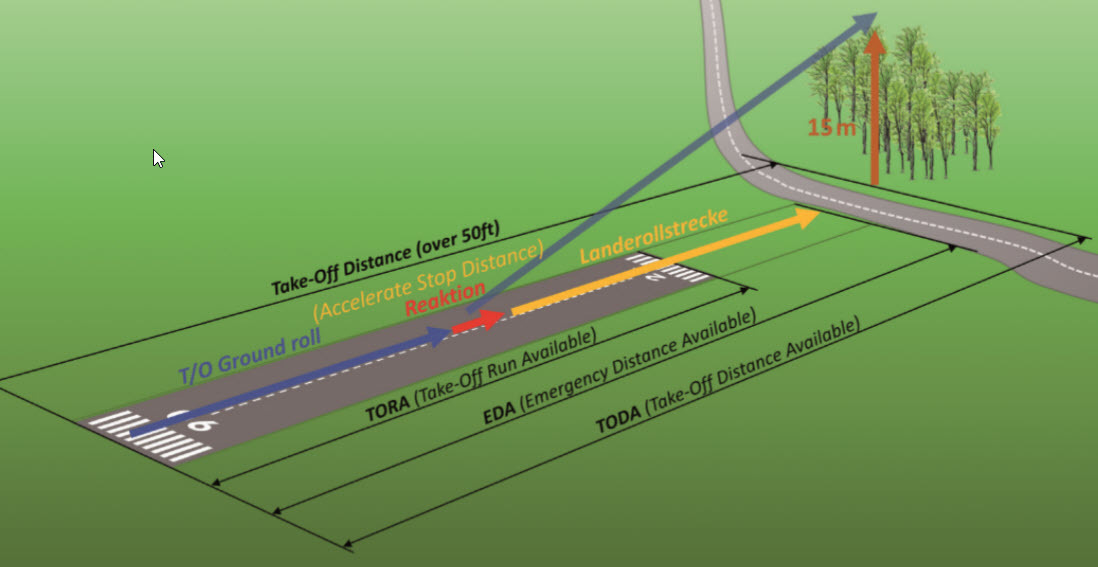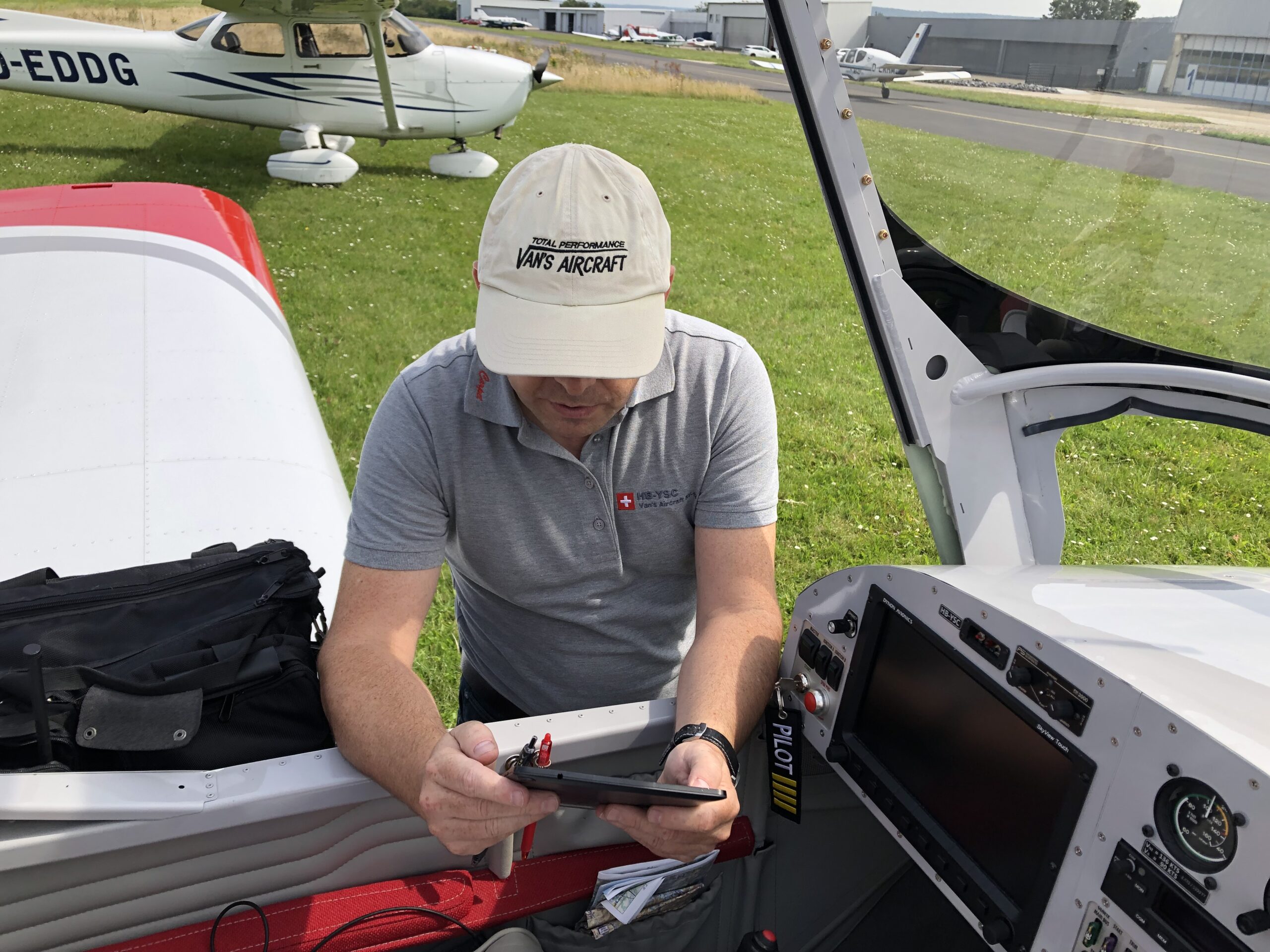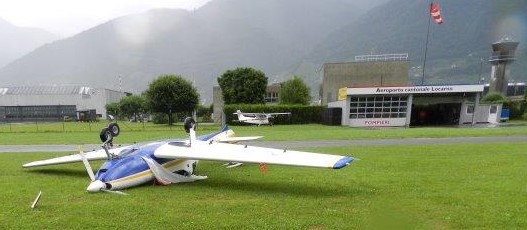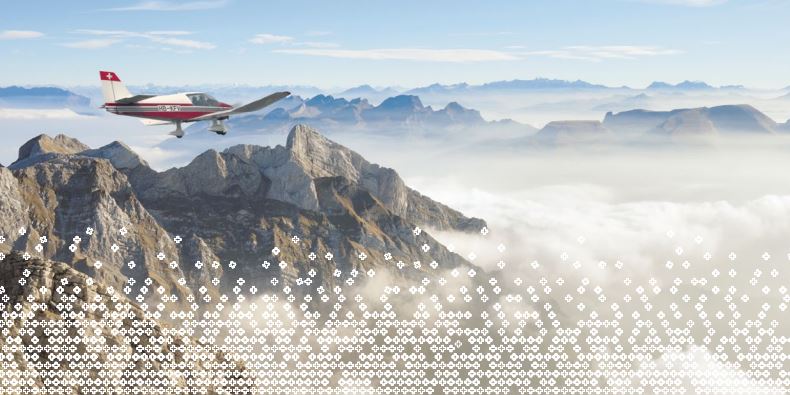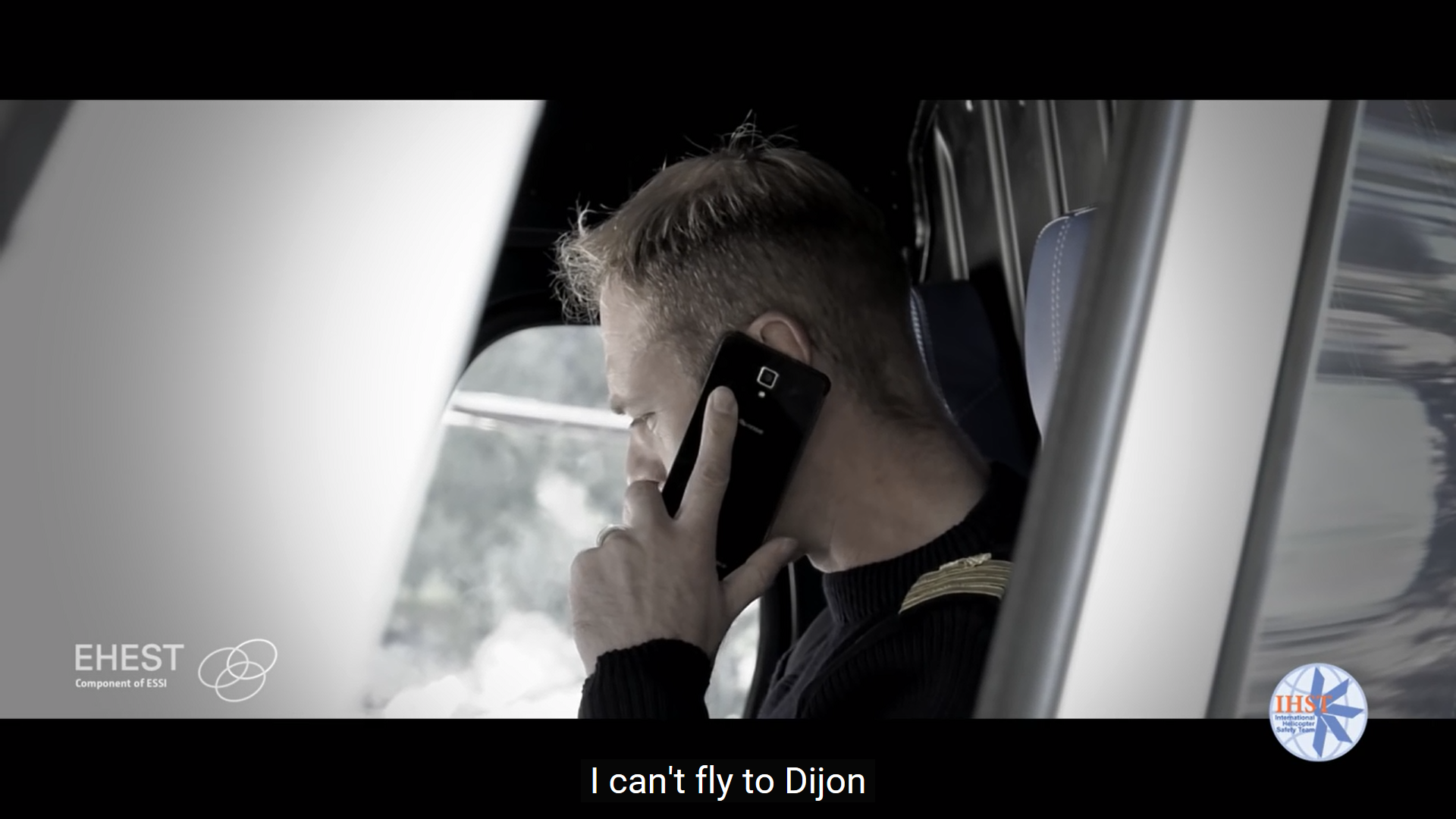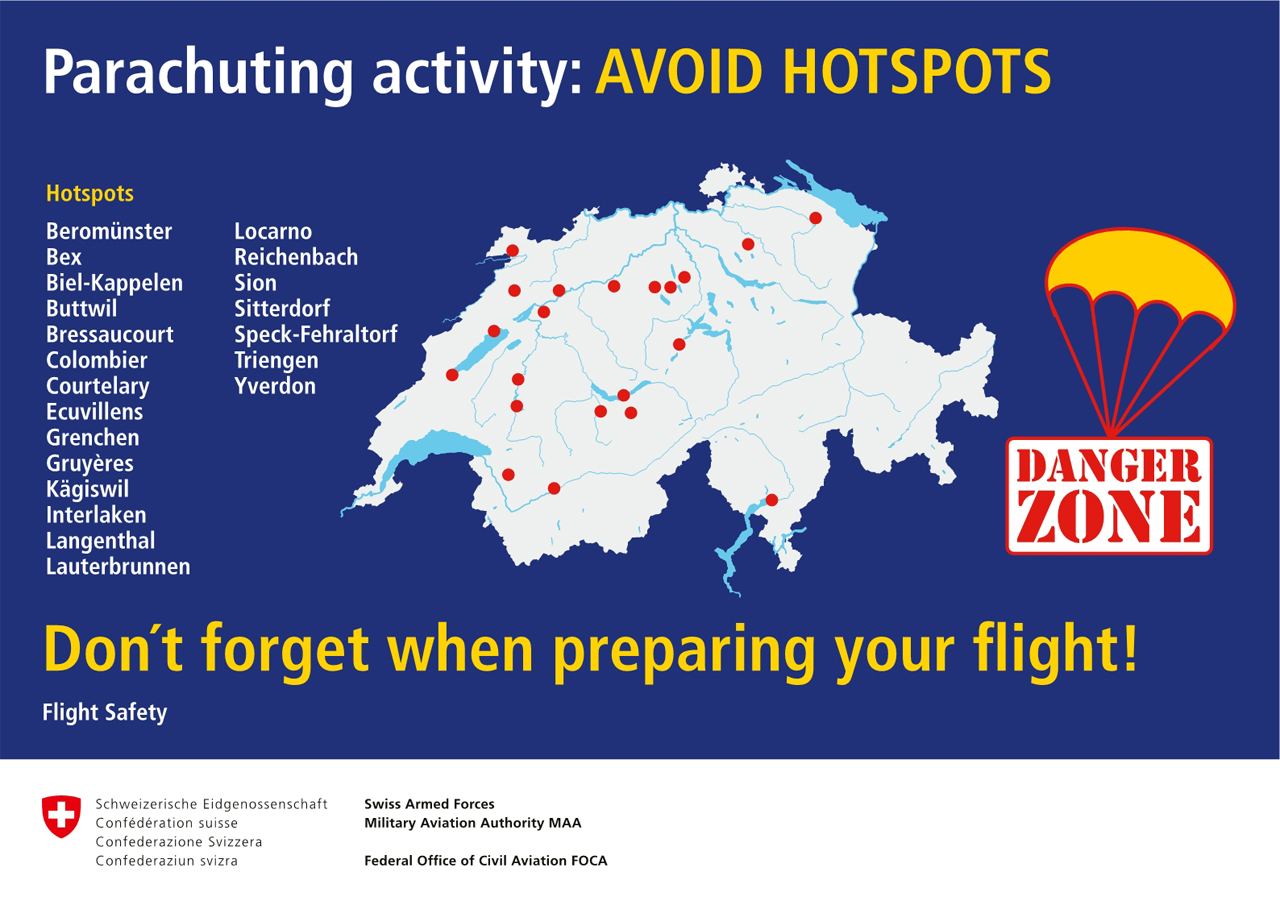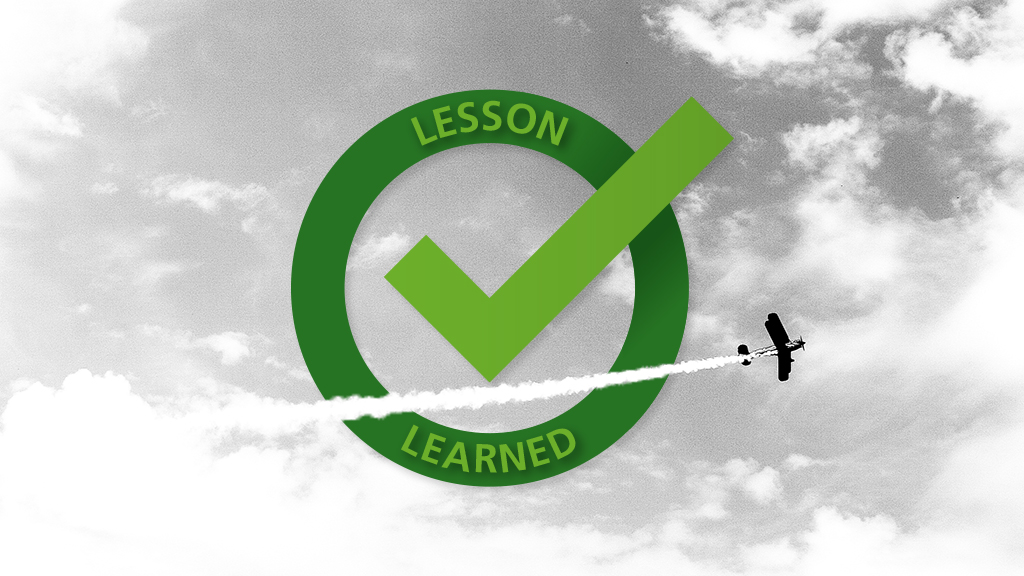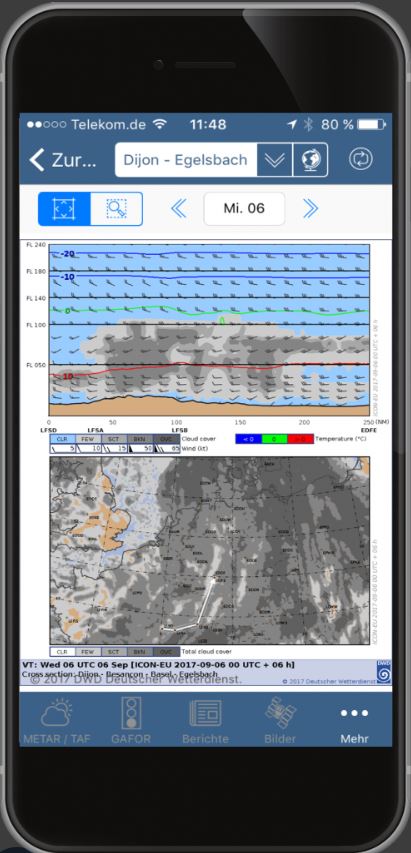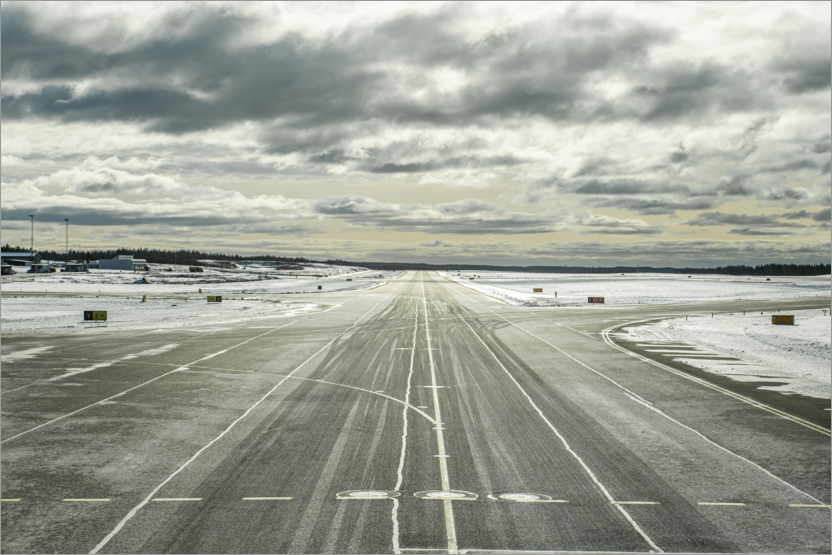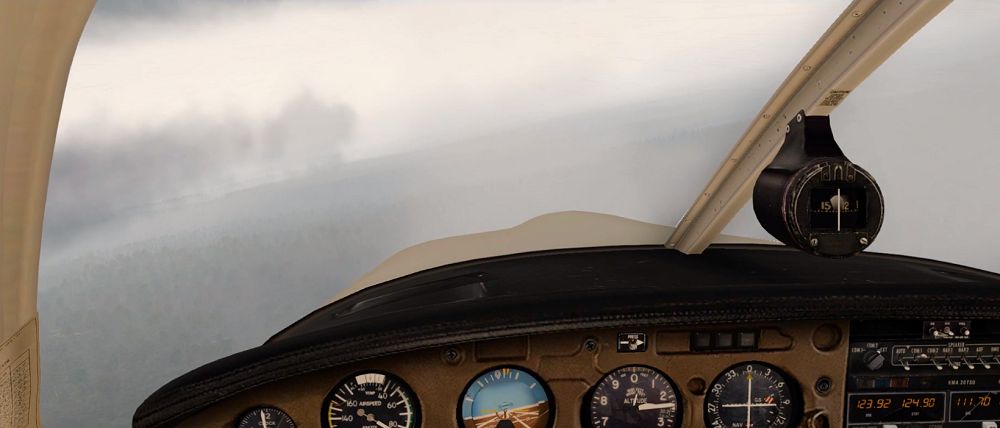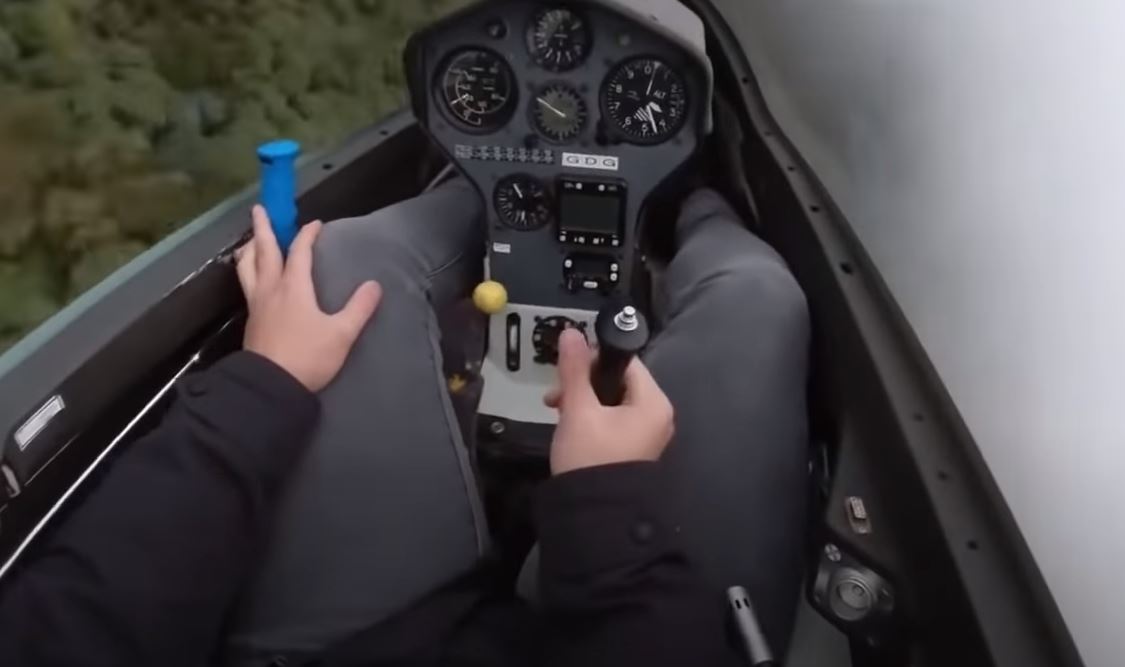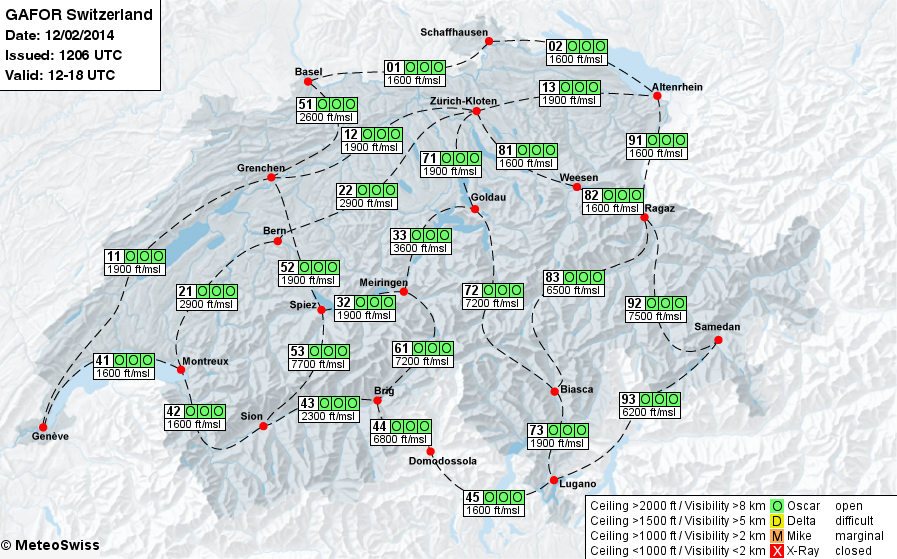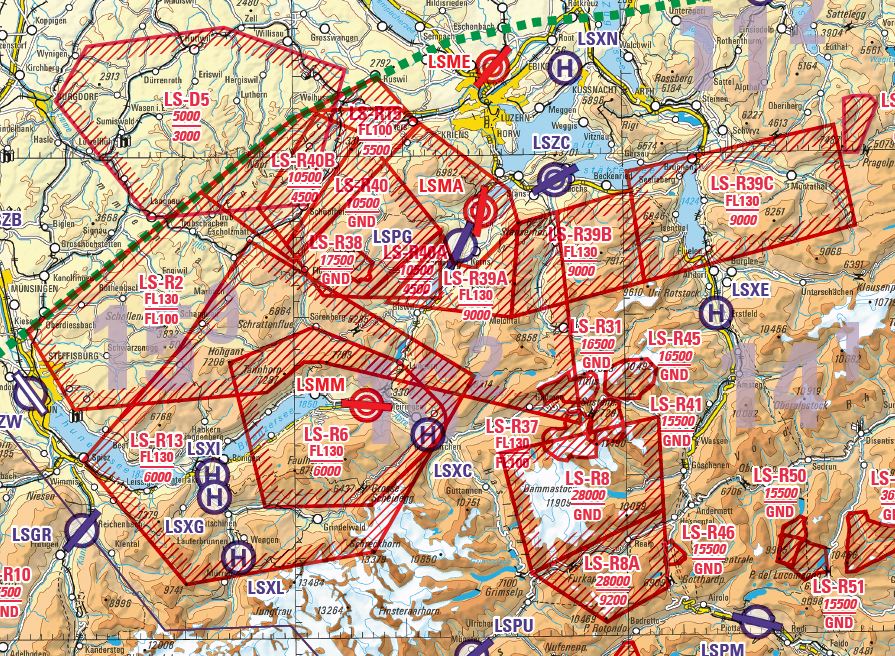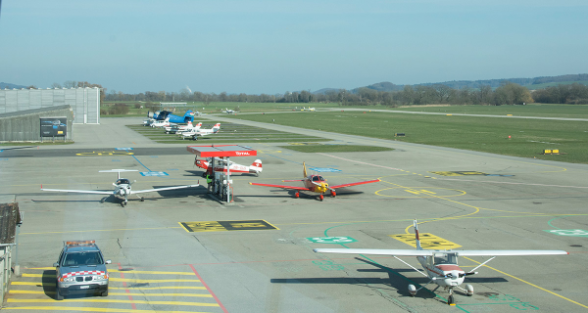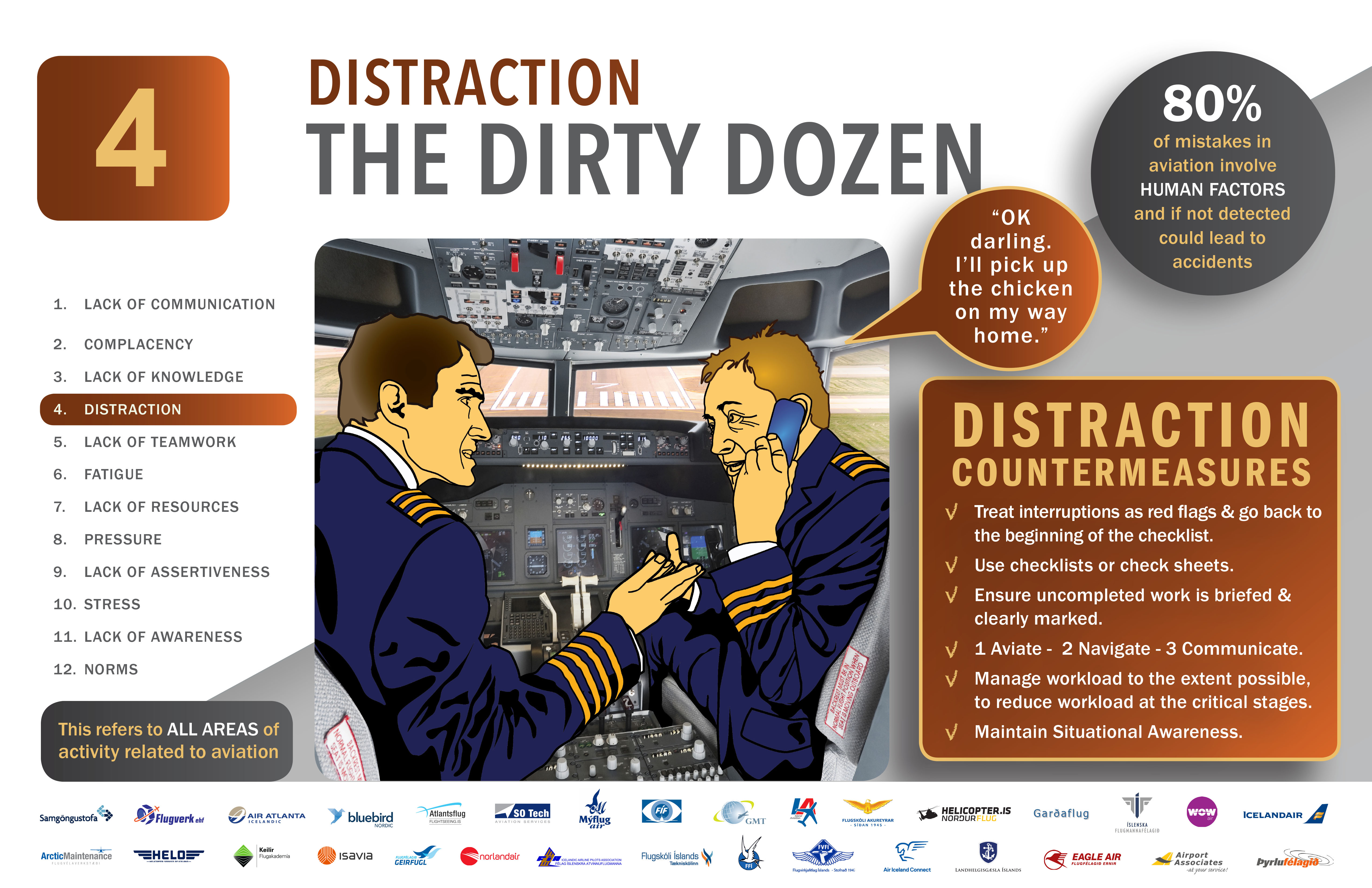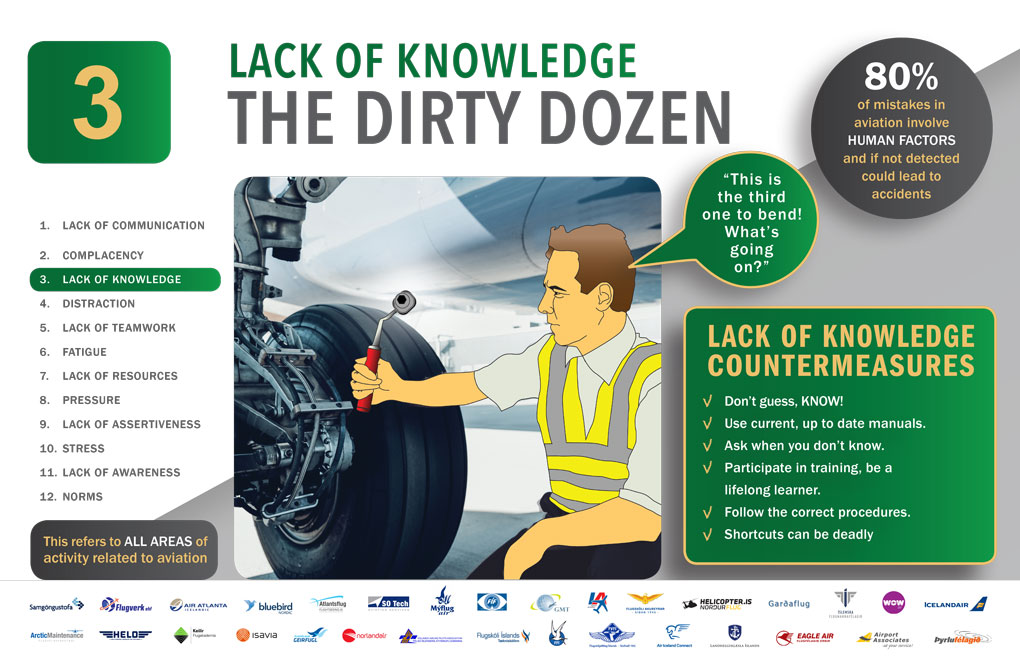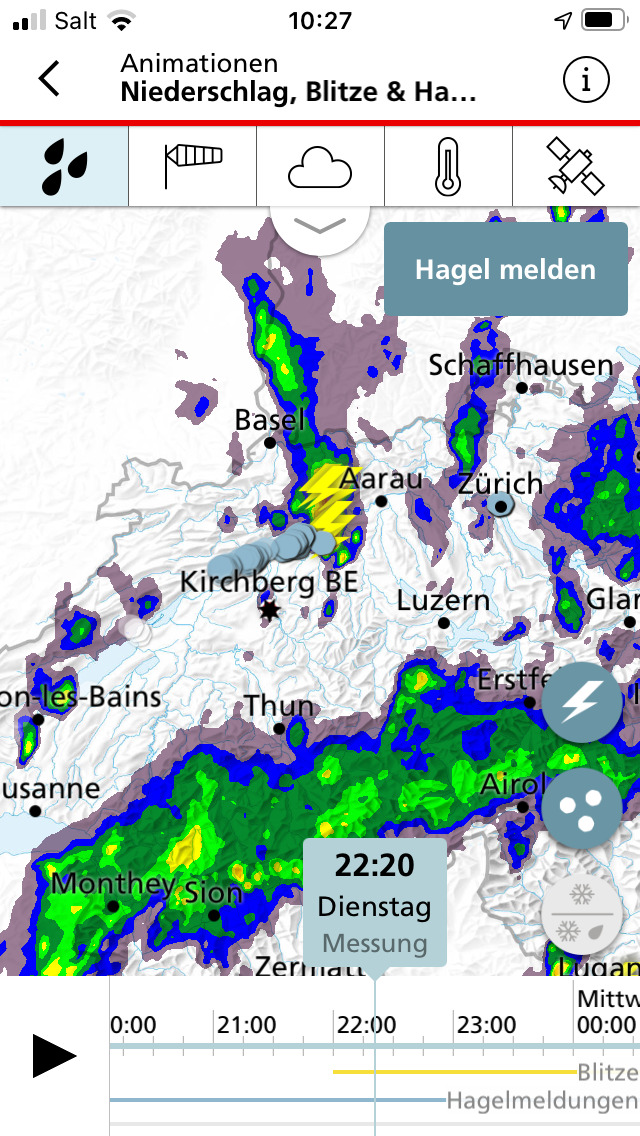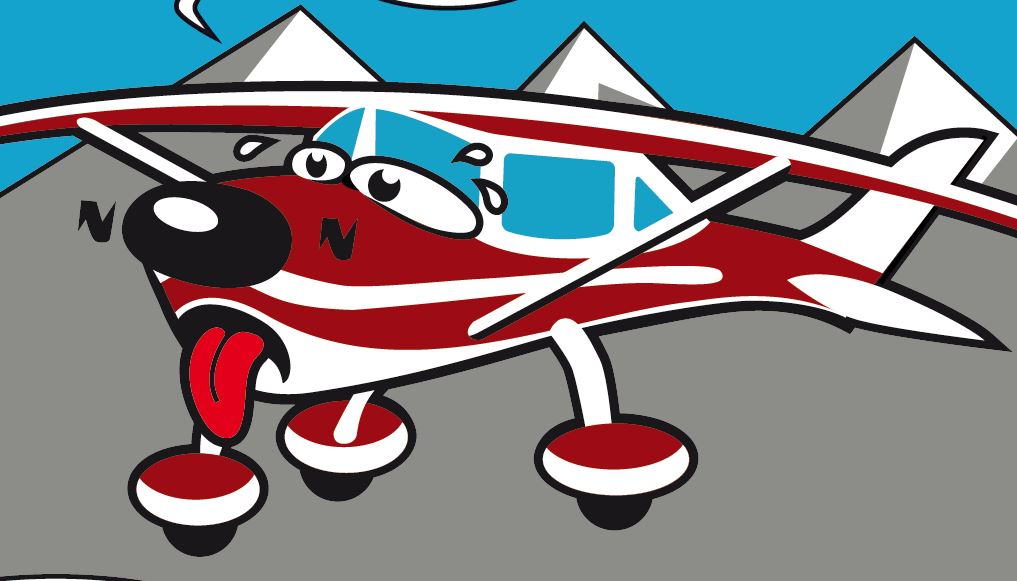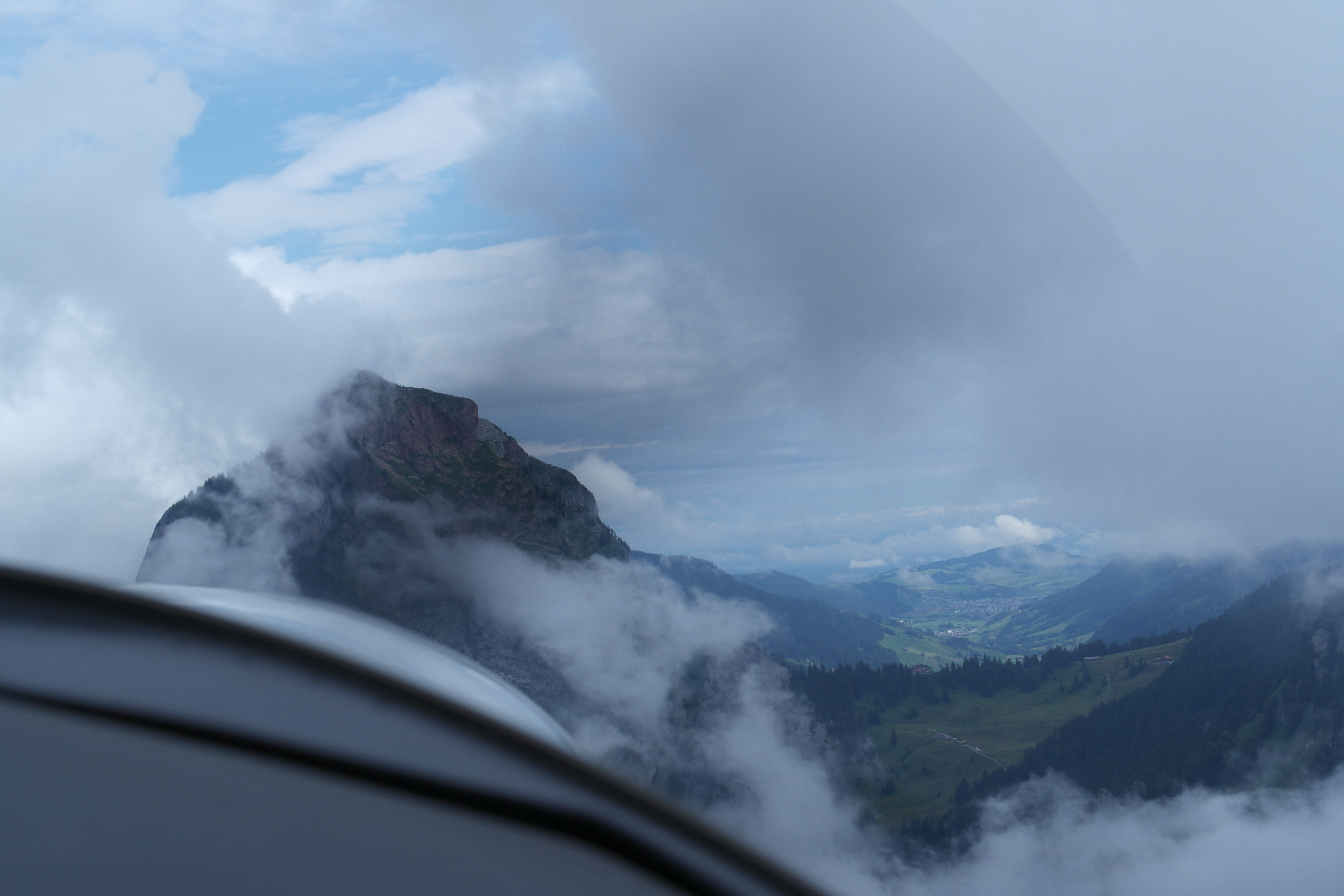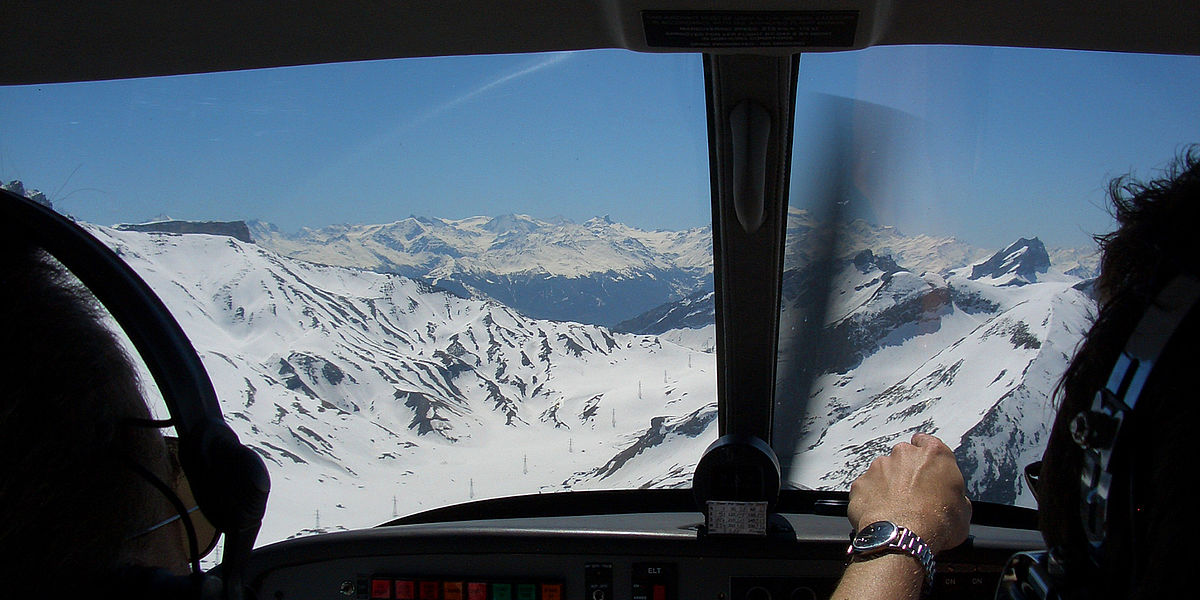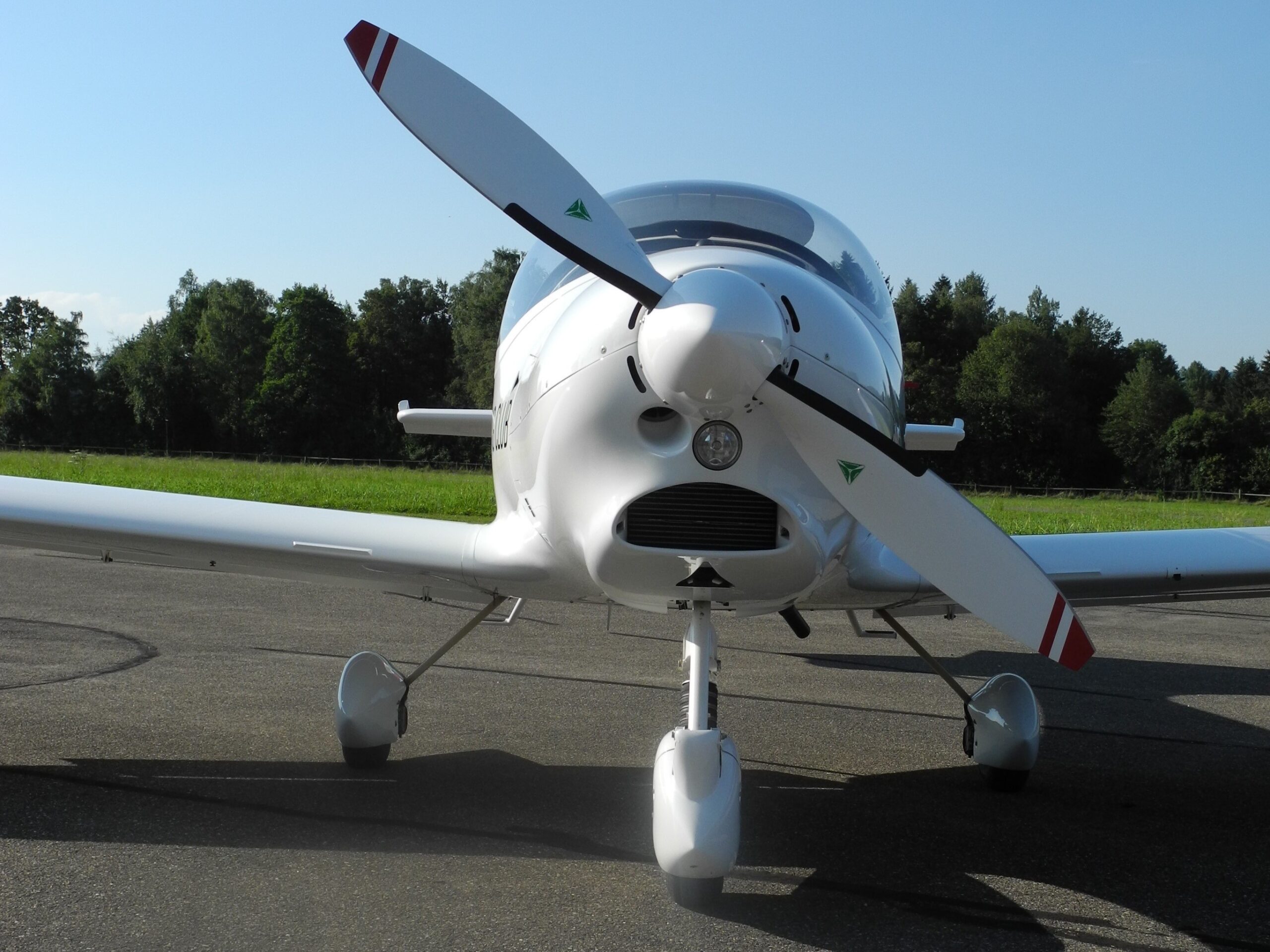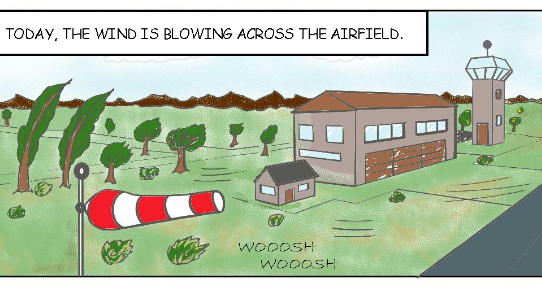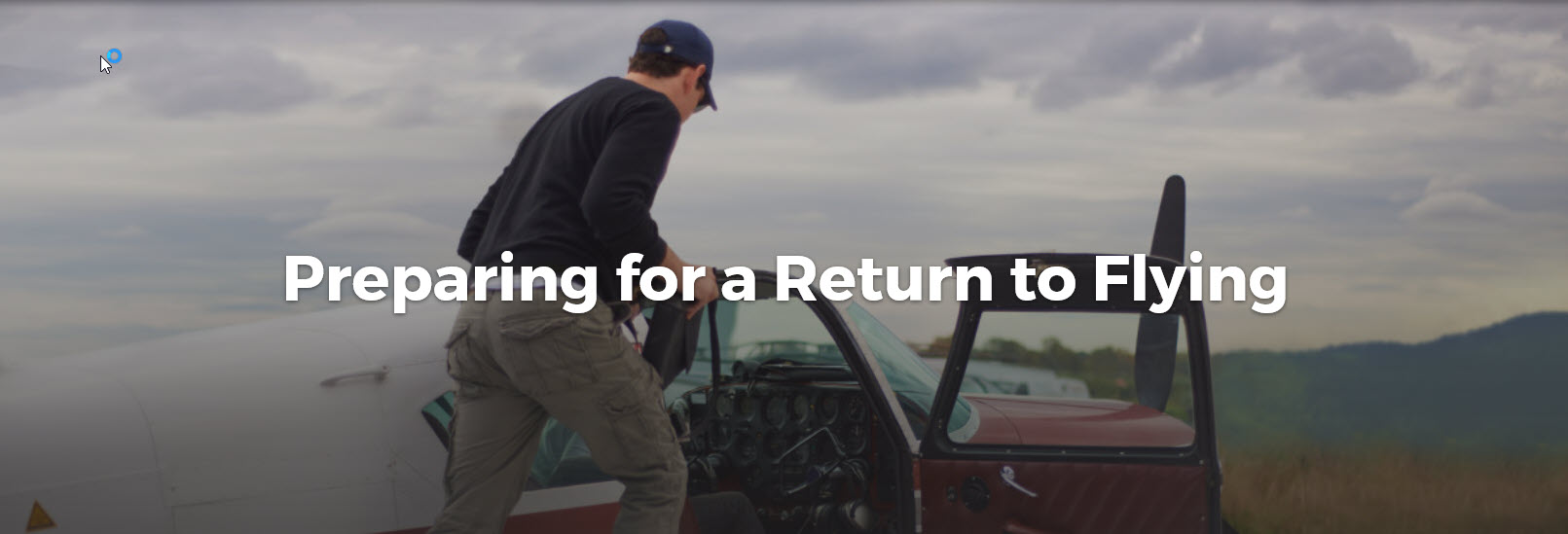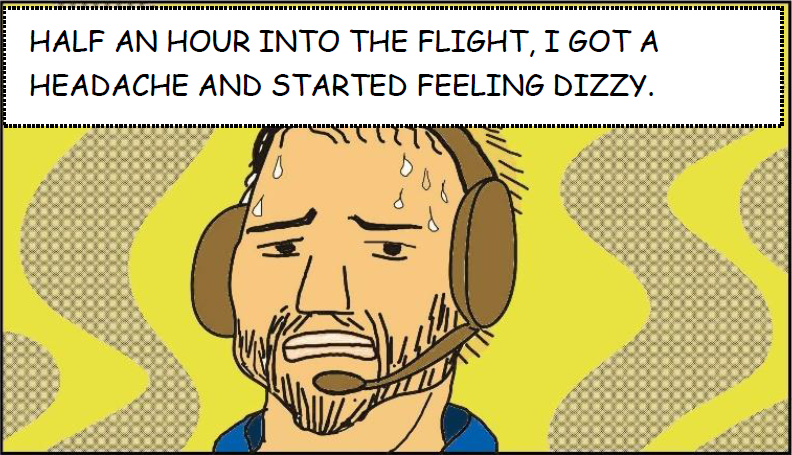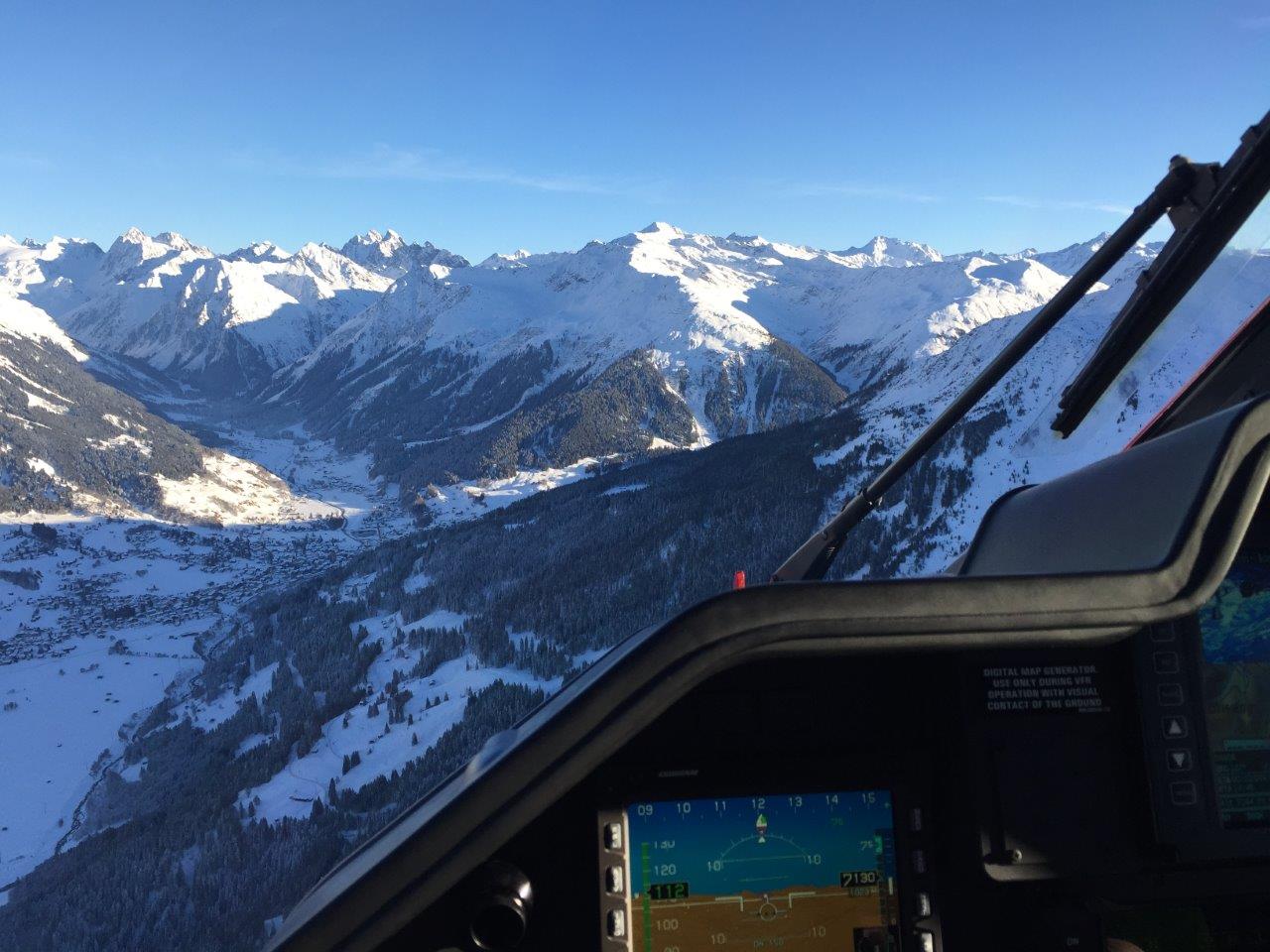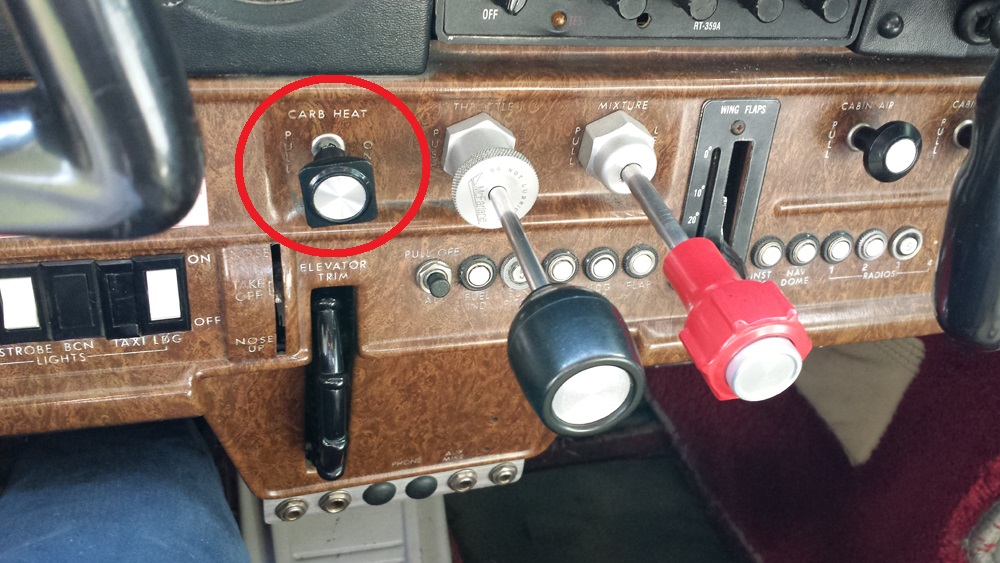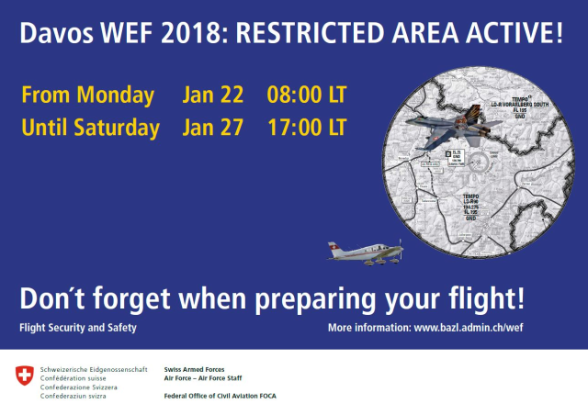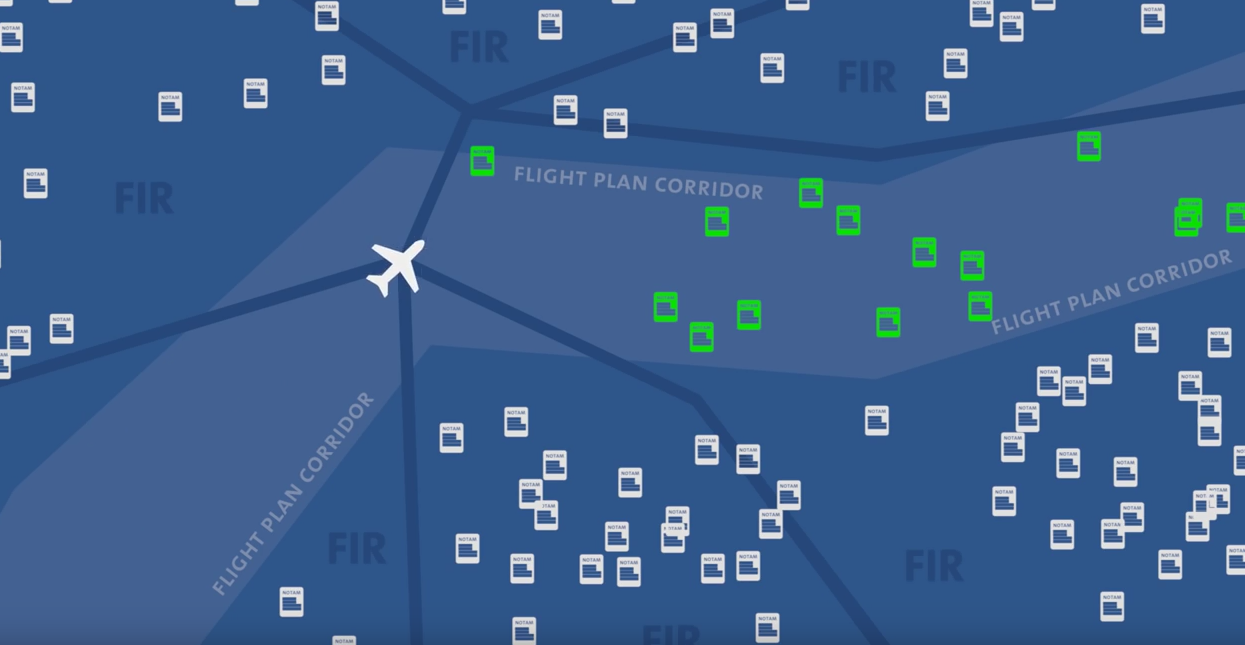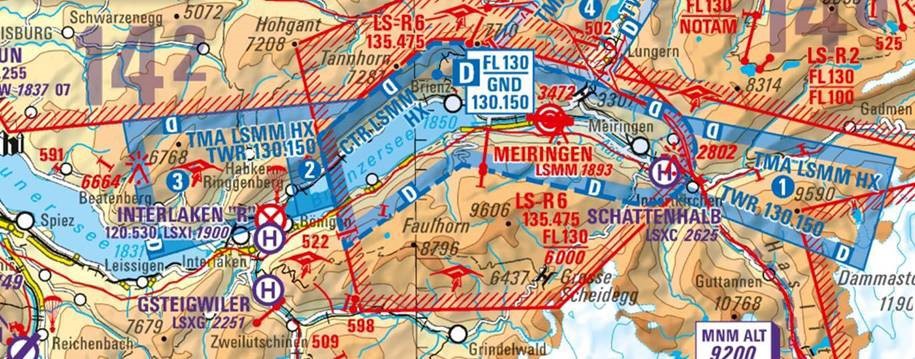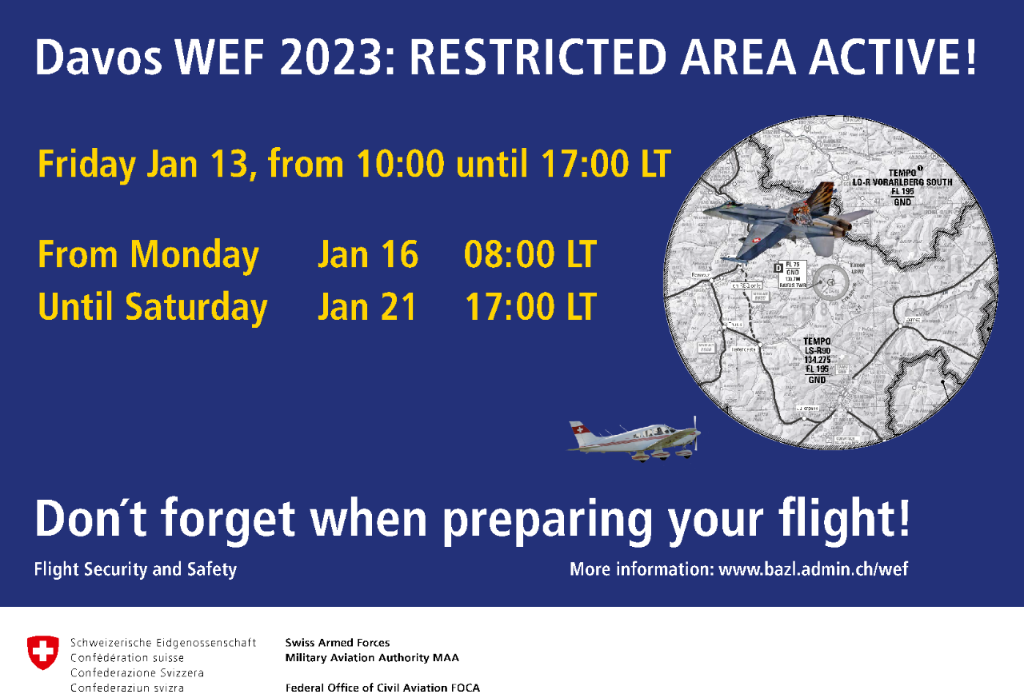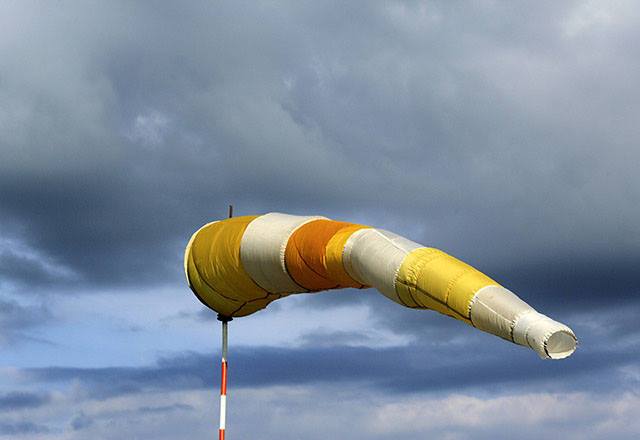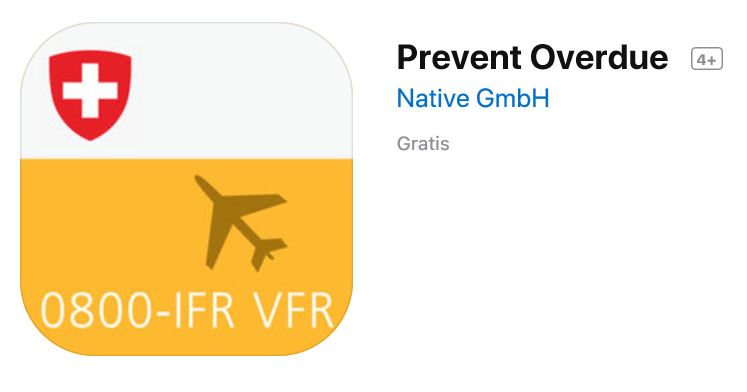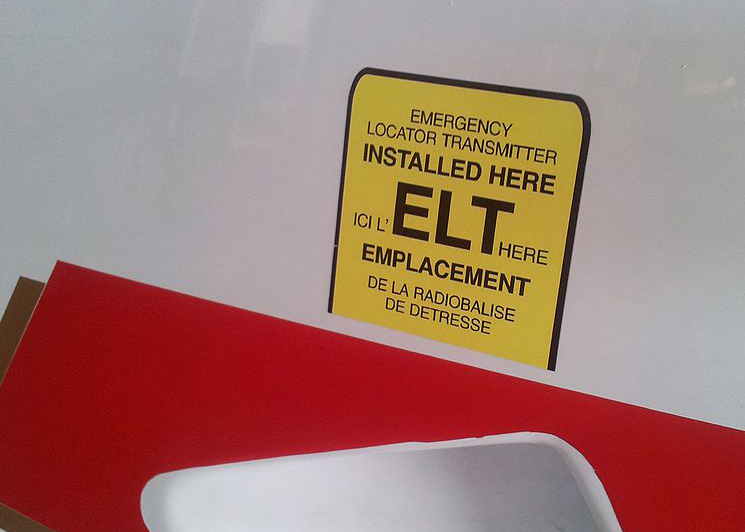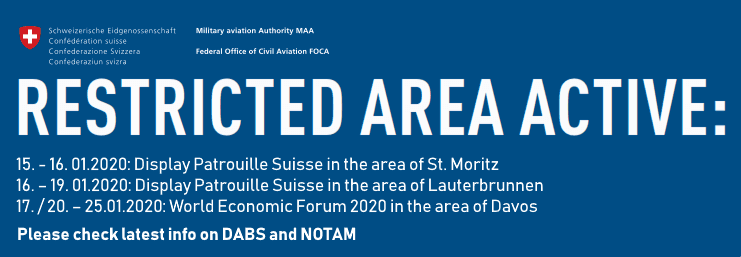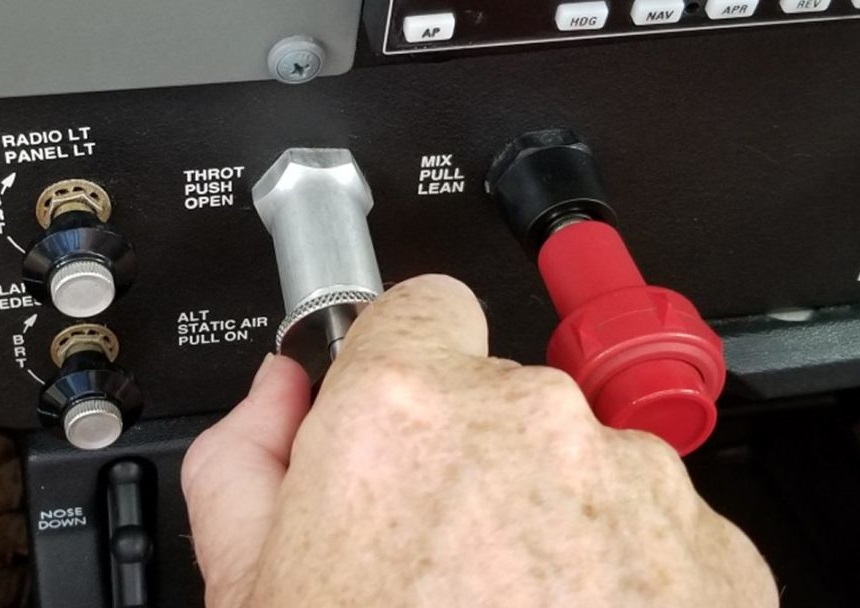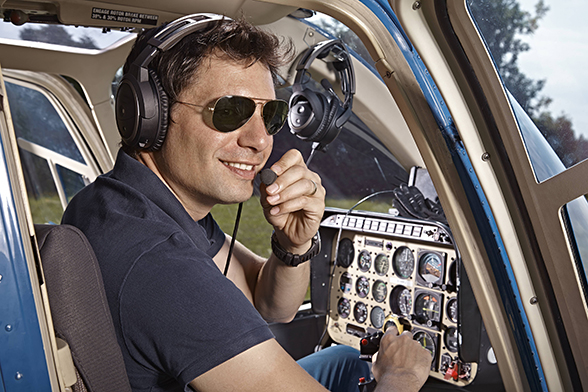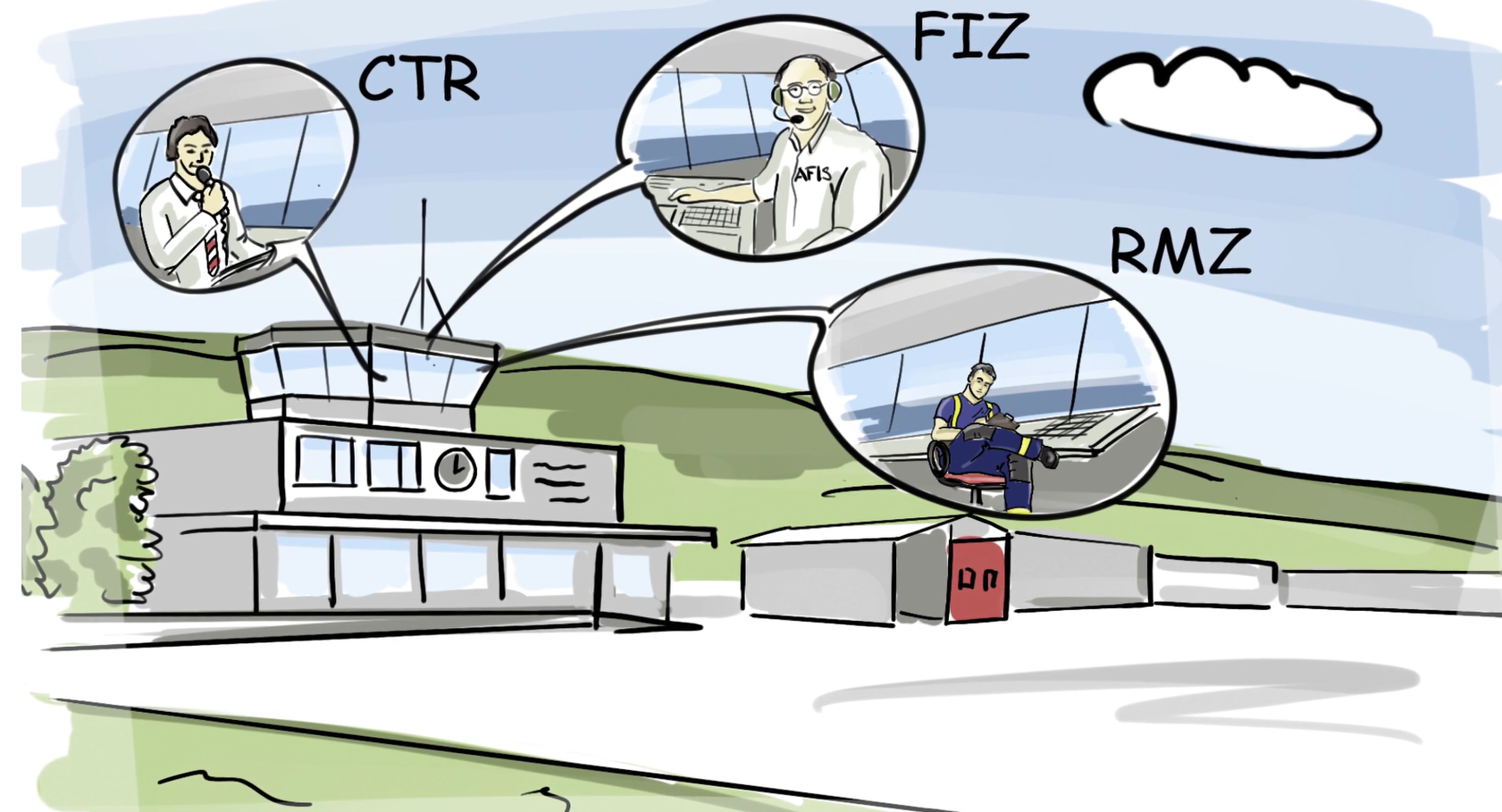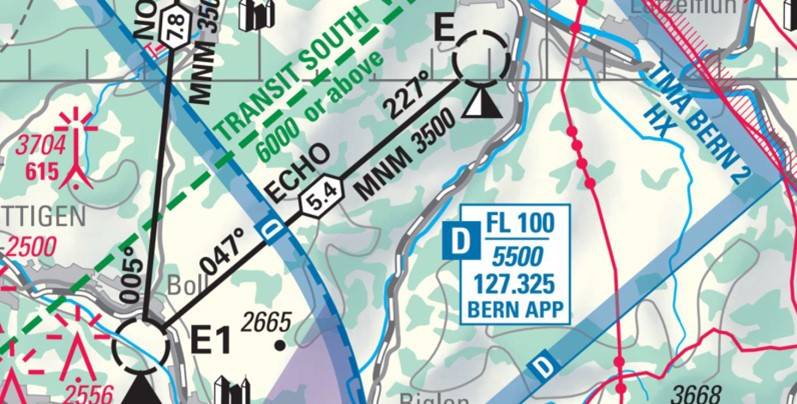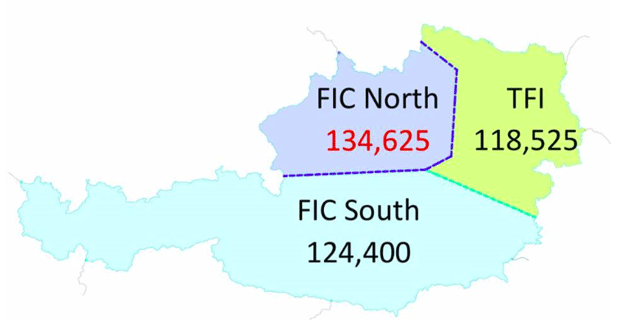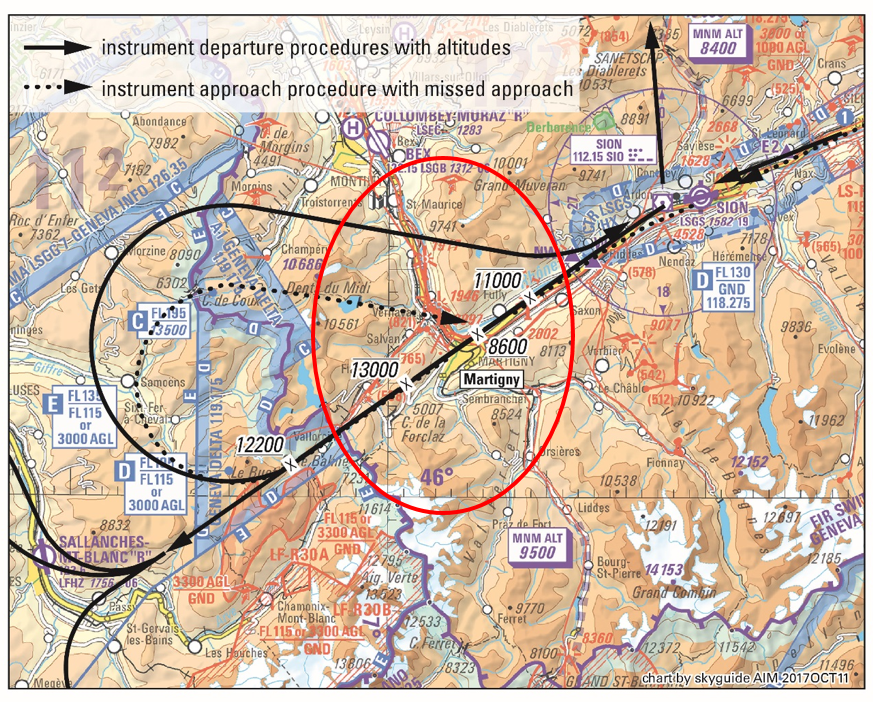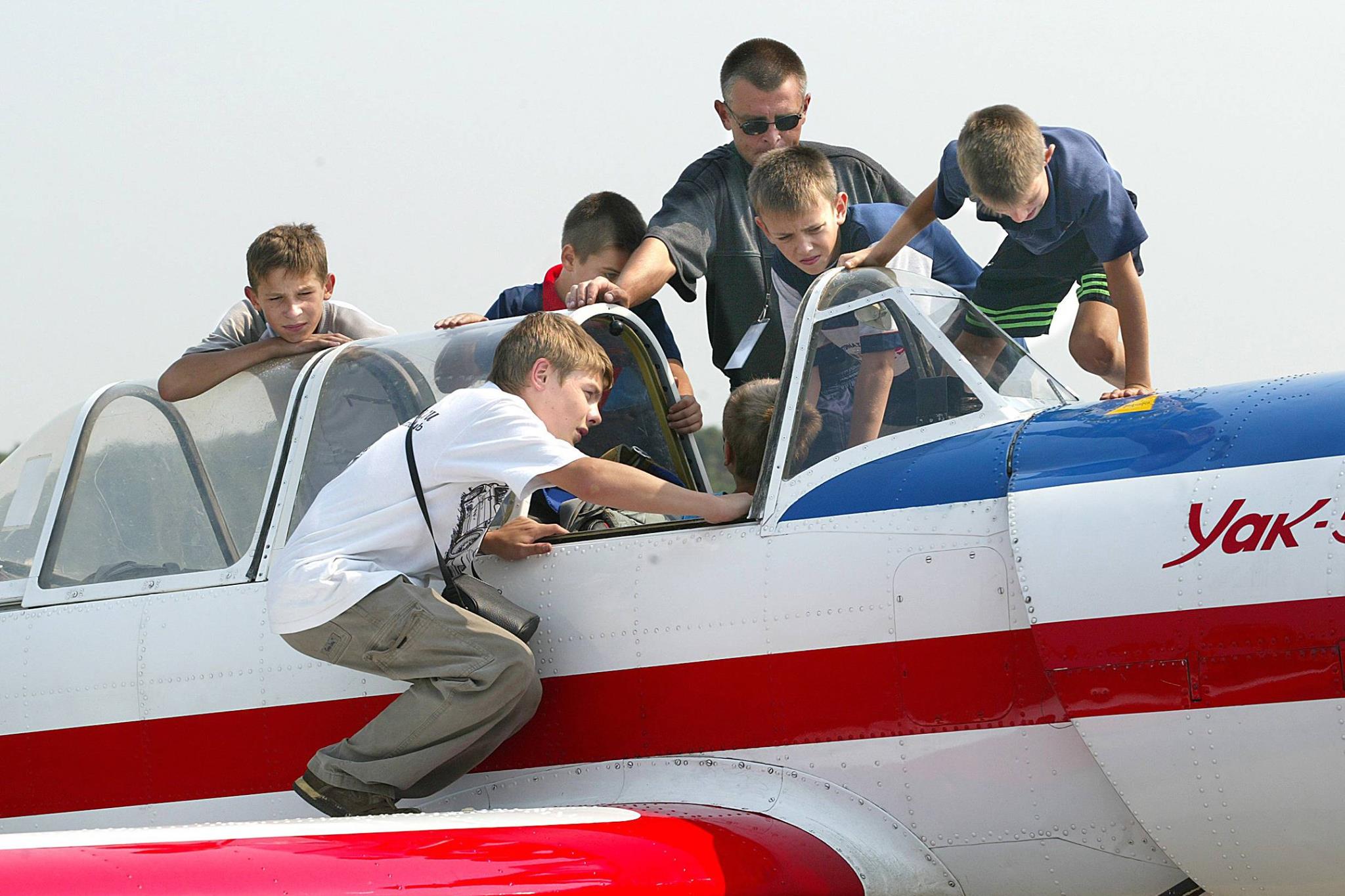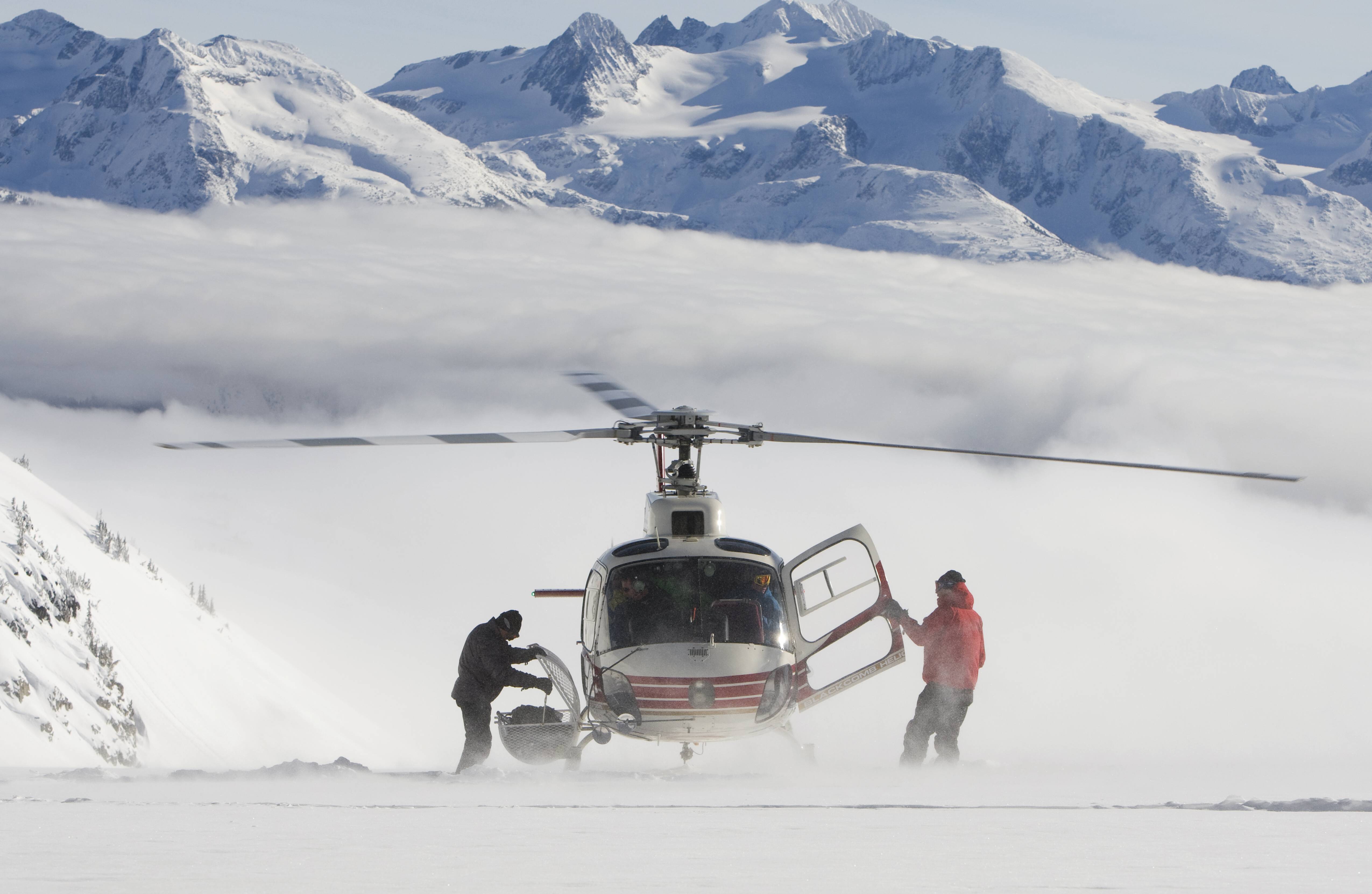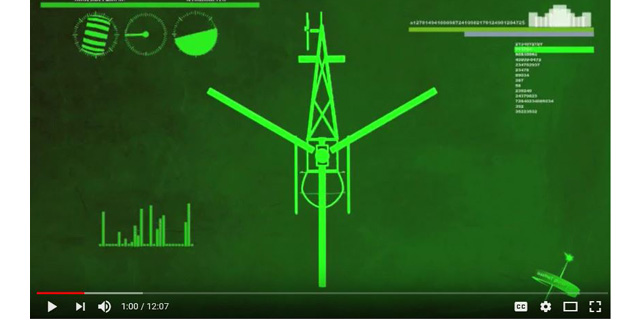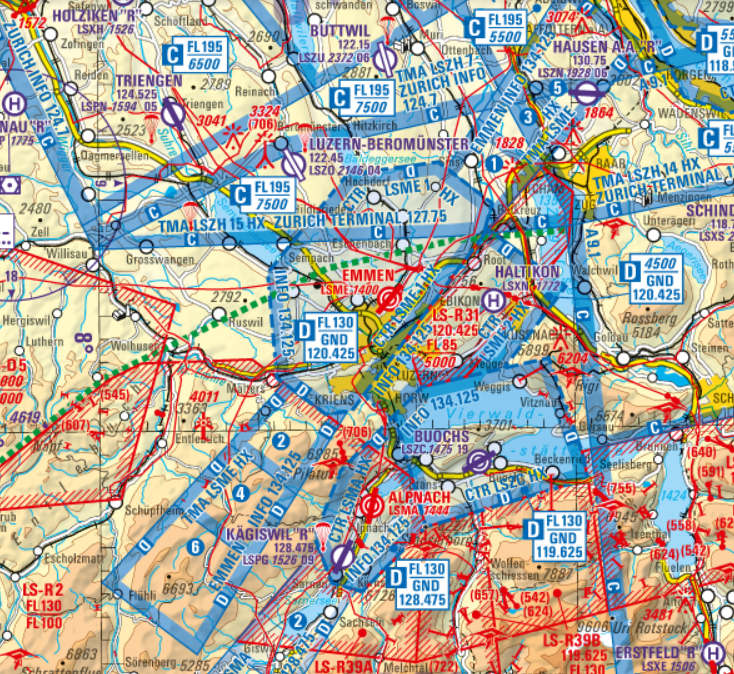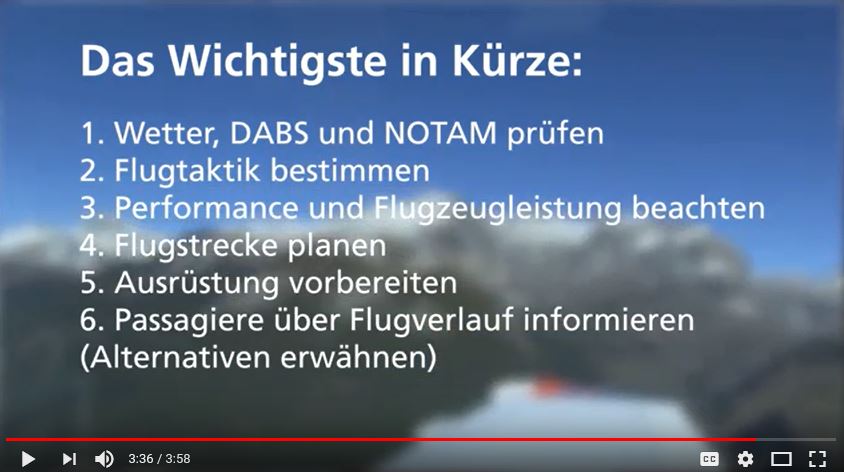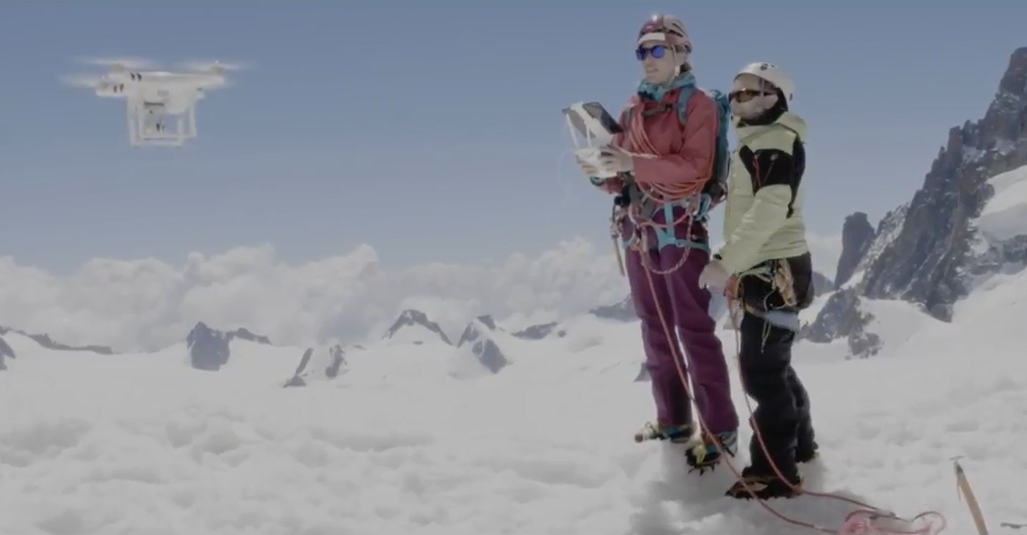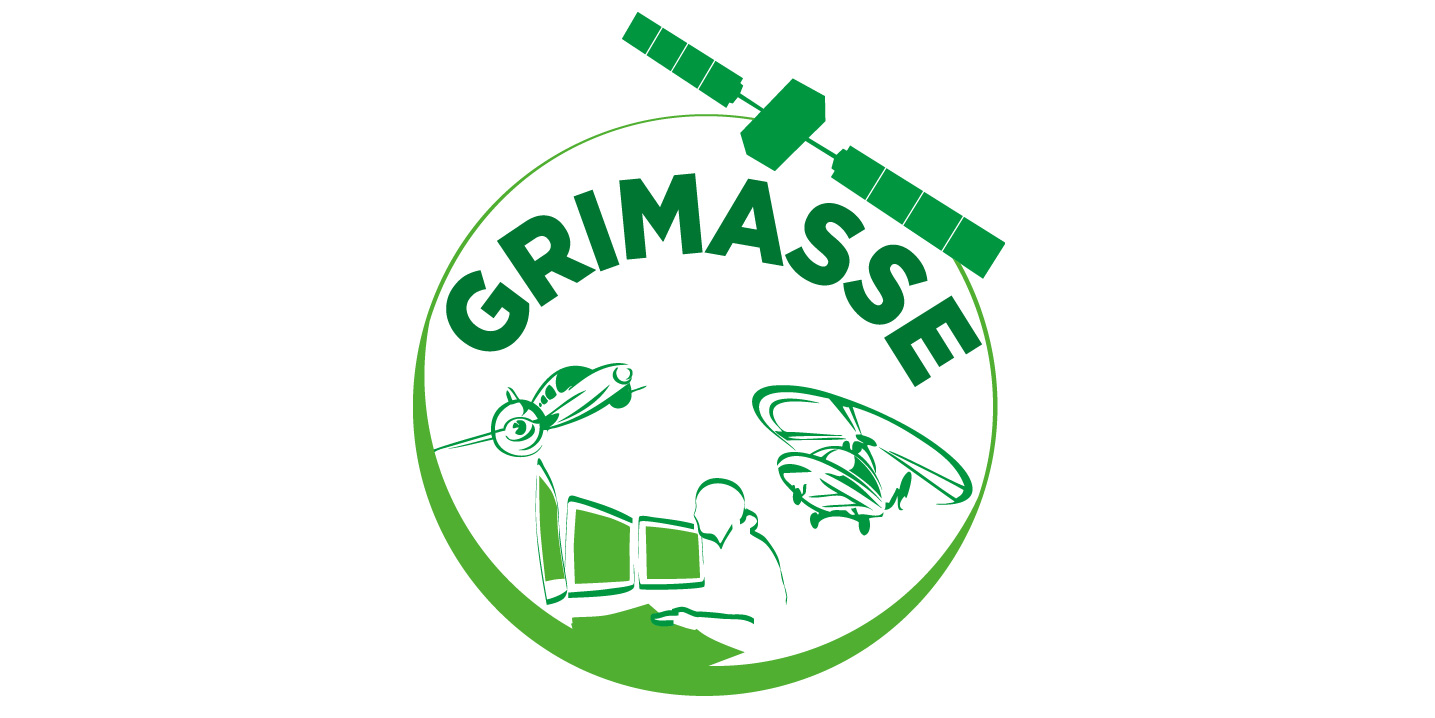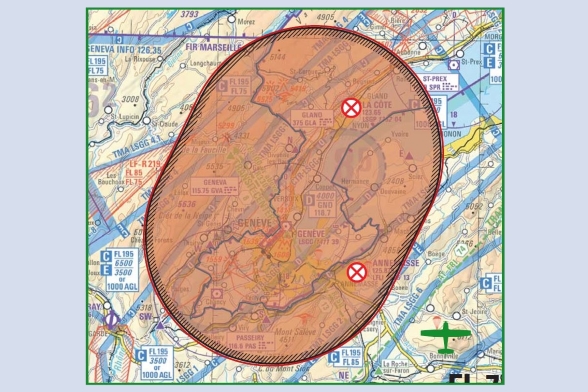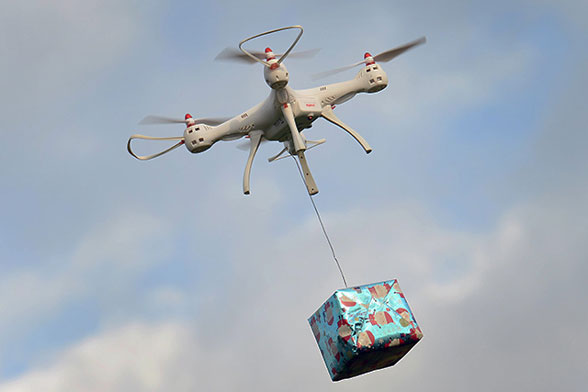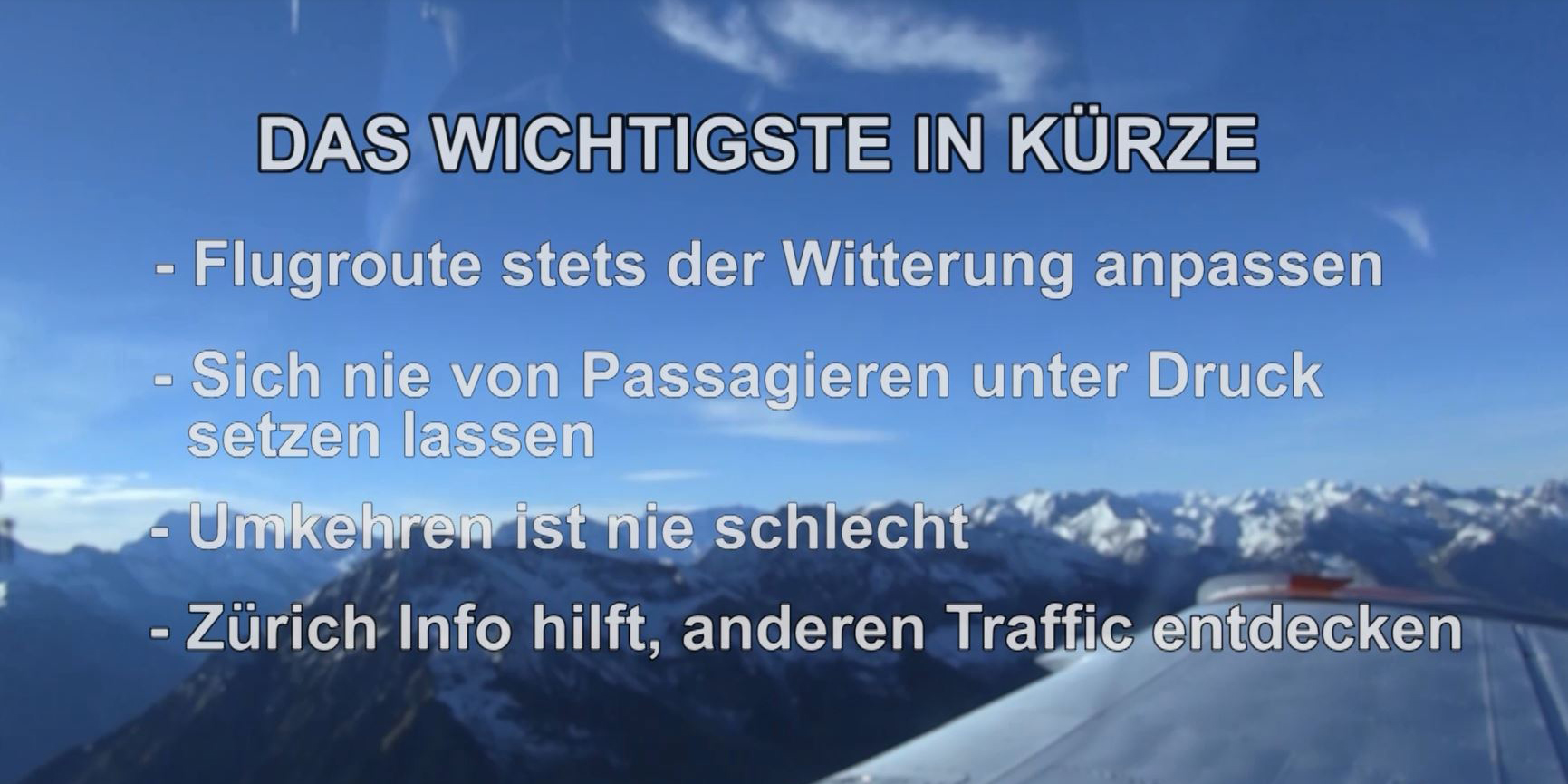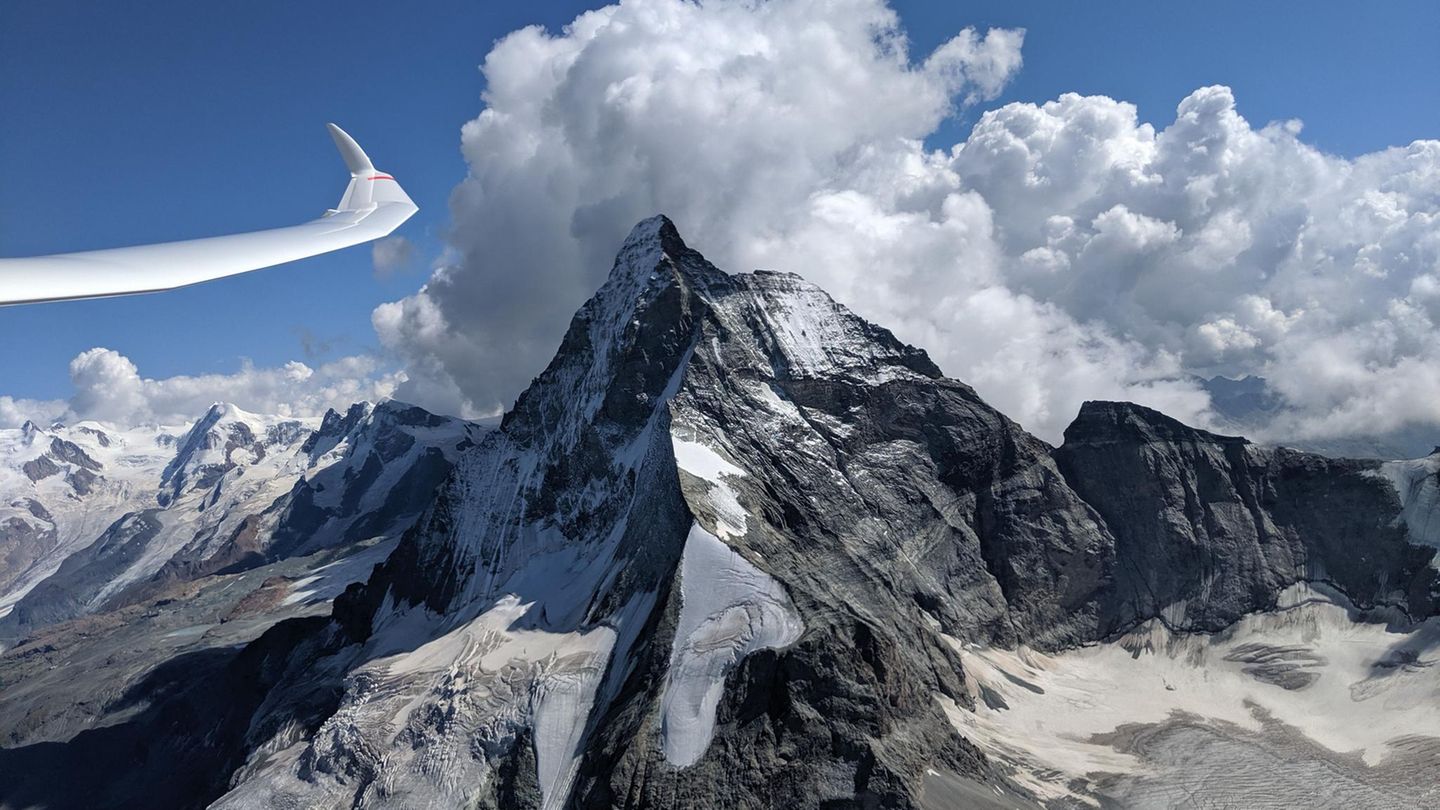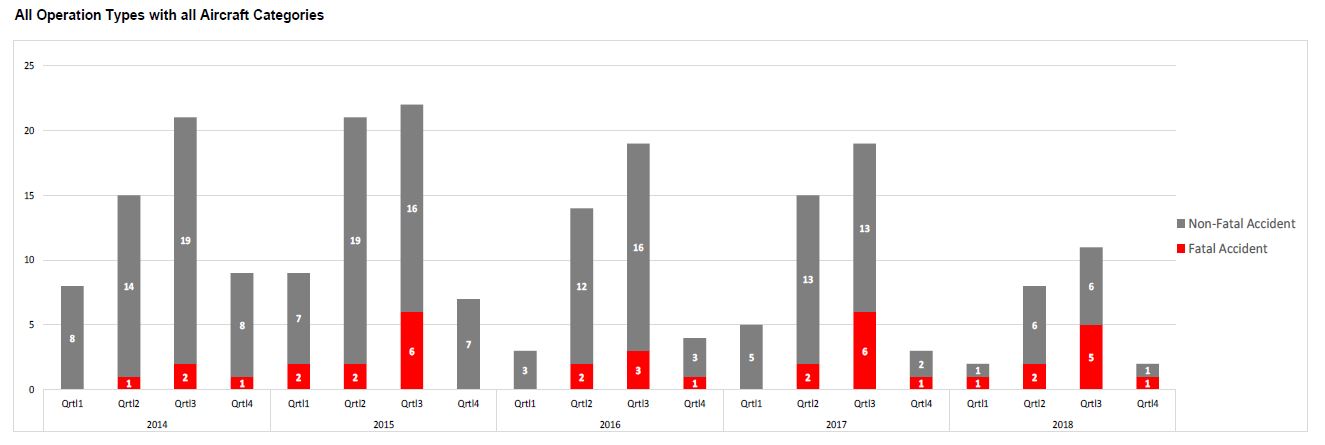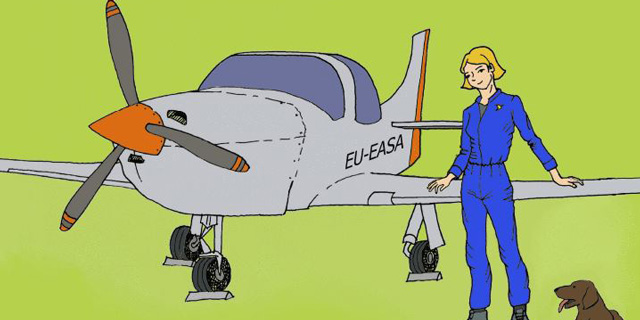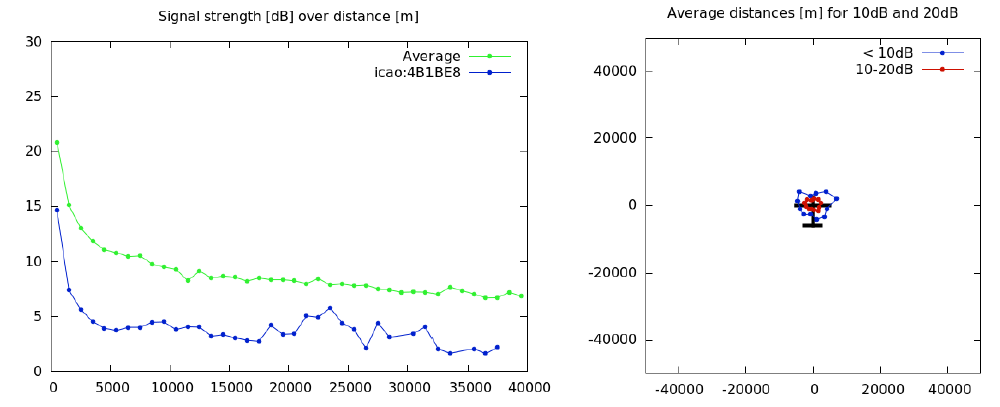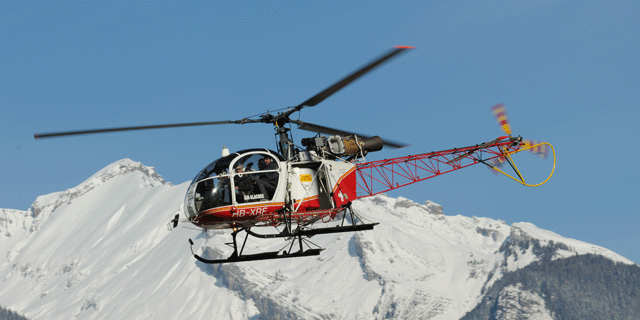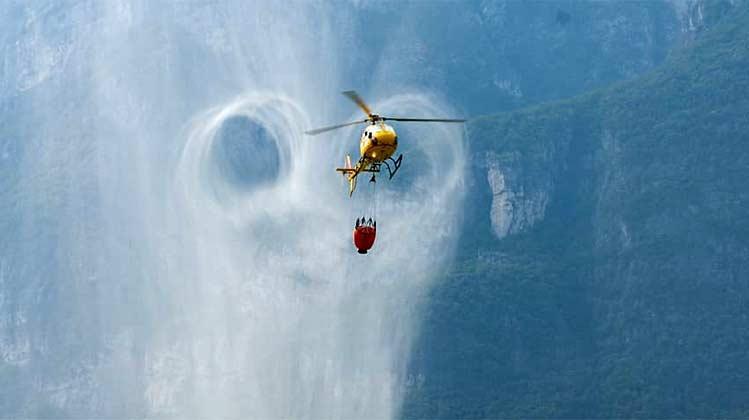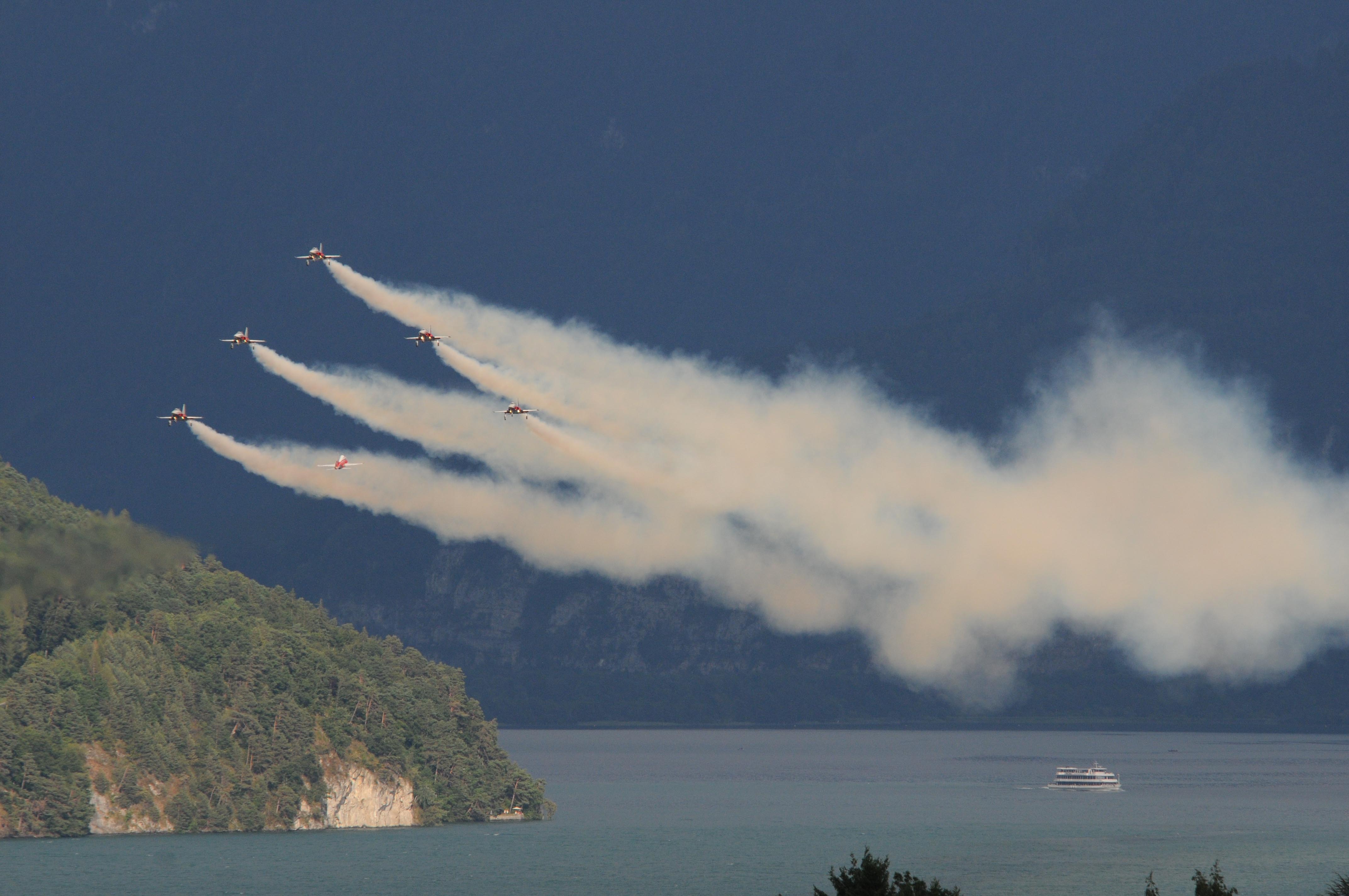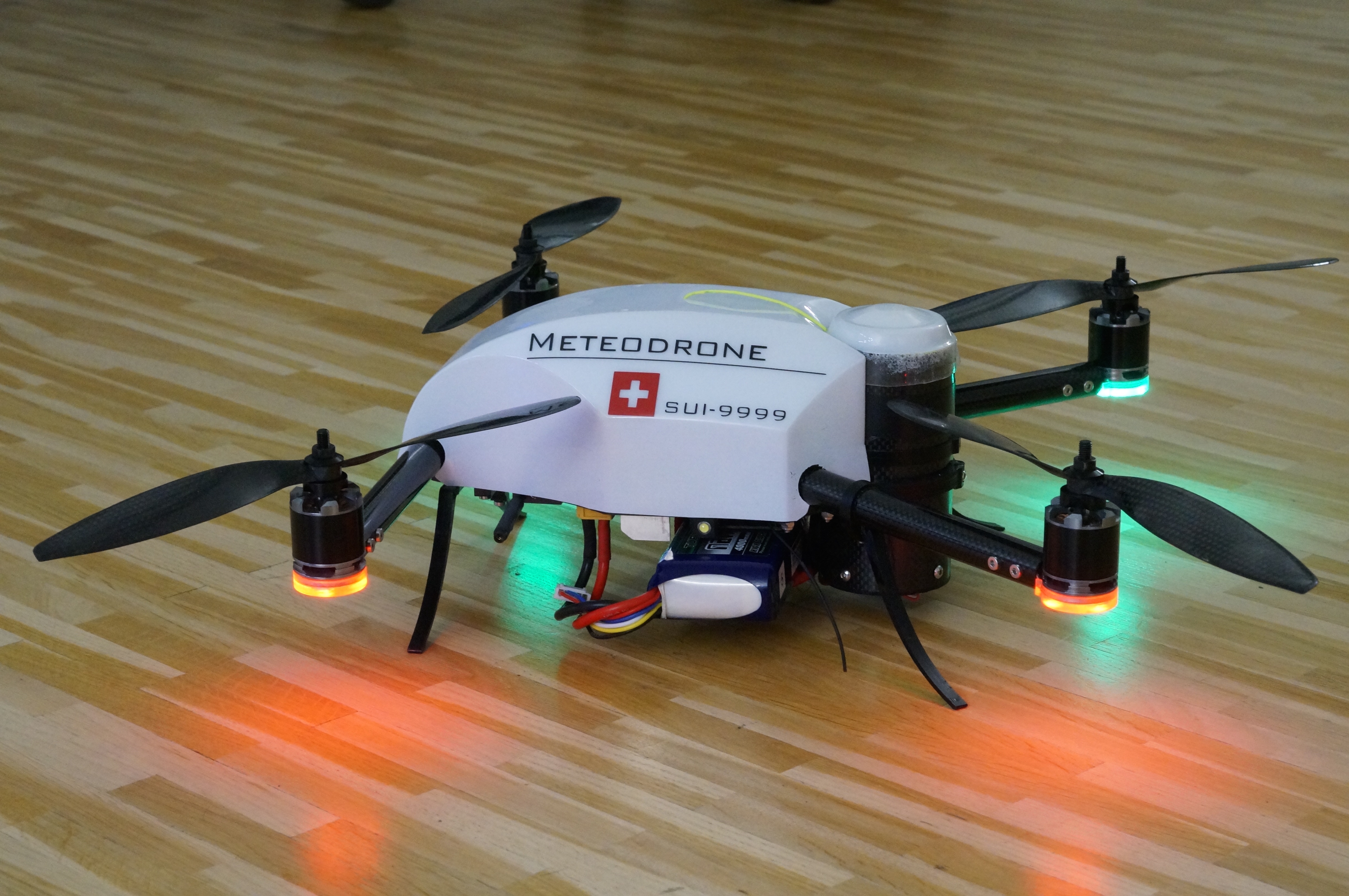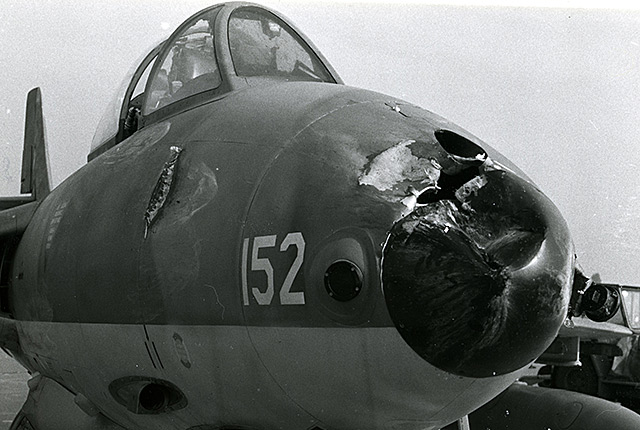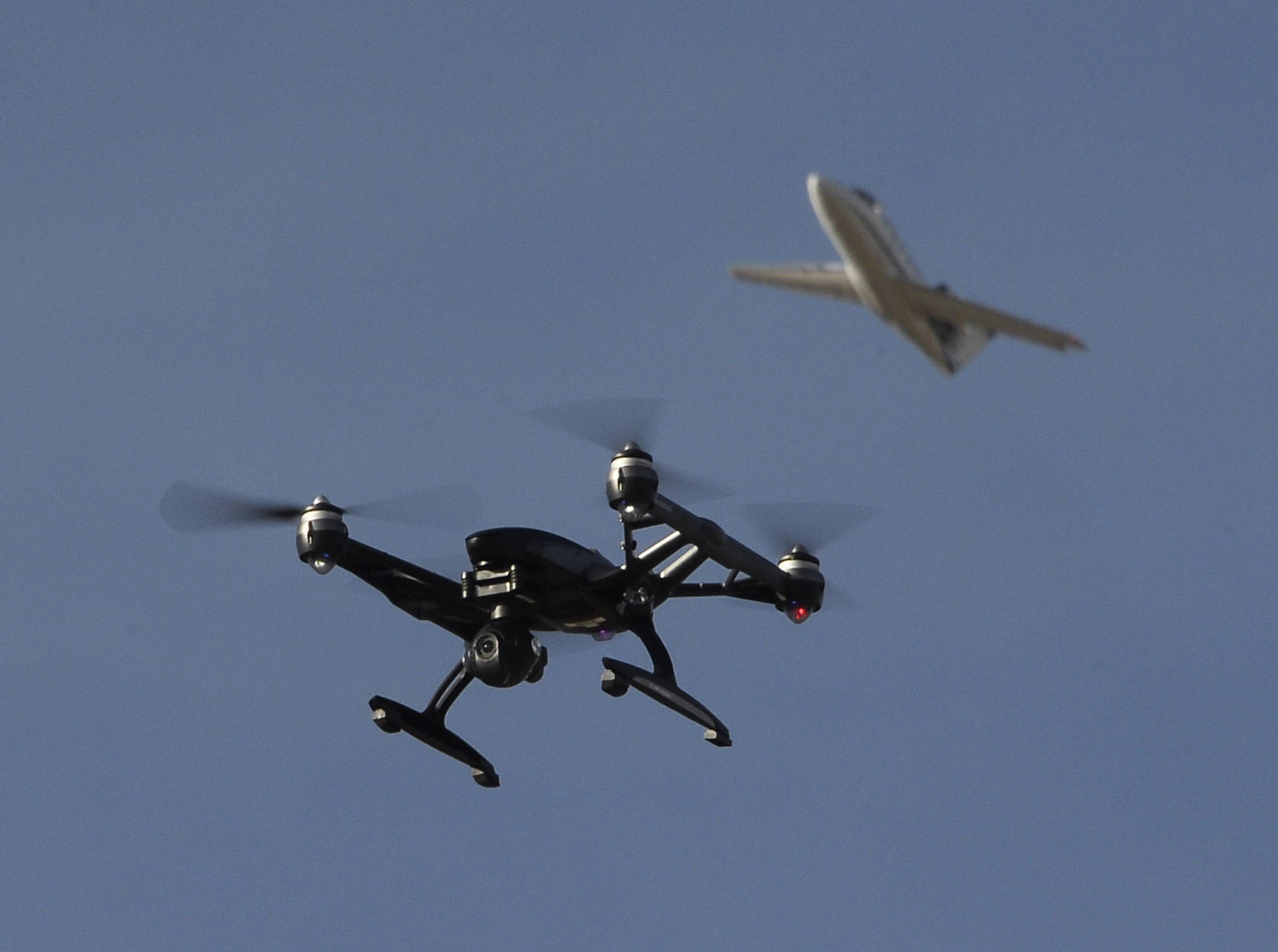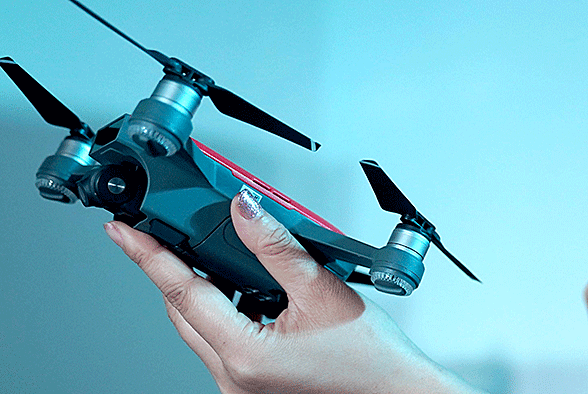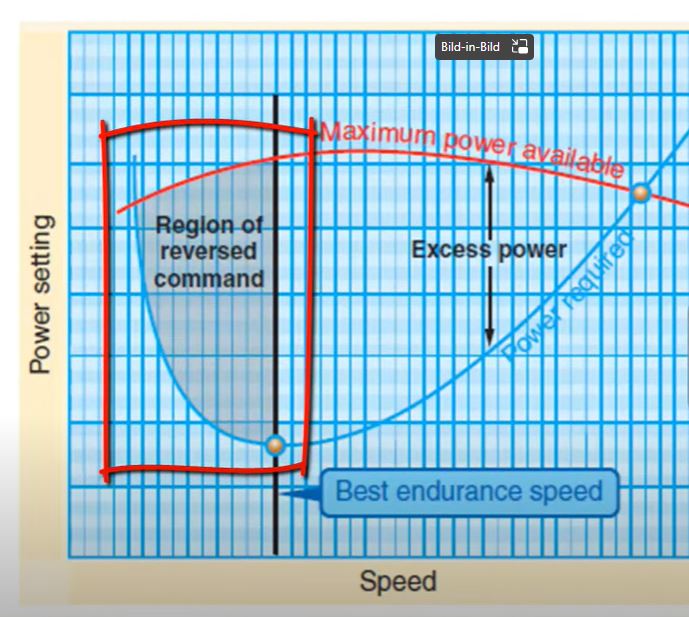With the start of the meteorological winter, temperatures have dropped and the first snow has already fallen. This means that light aviation is now definitely in winter mode in this country too. In this article, we therefore want to focus on the operation of aircraft in the cold season and two topics in particular: flight planning and icing in flight.
Recognizing hazards
In order to recognize hazards in winter flying weather, a careful weather briefing on the conditions to be expected on the ground and in flight is required. Thanks to the extensive flight weather information available on the internet today, this preparation is possible, in some cases easily from home.
In addition to common weather apps, pilots should pay particular attention to the METeorological Aerodrome Report (METAR) and the Terminal Area Forecast (TAF) of the airfields. A call to the airfield is also recommended. There you can find out about local conditions and the runway status. In addition, the Low-Level Significant Weather Chart (SWC) and the SiGnificant MeTeorological phenomena (SIGMET / AIRMET) along the flight route should be studied carefully, paying particular attention to the spread, i.e. the difference between the current temperature and the dew point temperature. The smaller the difference, the greater the risk of fog and the occurrence of carburetor icing. However, public weather maps also provide information on when and where fog and, above all, snow can be expected. If heavy snowfall or even freezing rain is forecast, you should postpone your flight and stay indoors. The dangers are simply too great!
Danger: icing in flight
There is hardly any water vapor in cold, clear air, so that beautiful flights are possible in winter. Icing in flight is therefore rather rare in VFR operations, but there are a few points to bear in mind. An aircraft can become massively overcooled at high altitudes, even at moderate ground temperatures. Flying into a precipitation zone can lead to severe icing due to precipitation freezing on the surface of the aircraft.
In this case, the only effective measure is to descend as quickly as possible and bring the aircraft to warmer layers. Once an aircraft has iced up, the approach must be carried out at increased speed, if possible without using flaps. This is because when the flaps are extended, the aircraft becomes top-heavy, which must be compensated for by correcting with the elevator or trim. However, if these are iced up, the elevator control effect is minimal, so that the aircraft can stall on its nose and crash. An approach without extended landing flaps should then finally be considered at an airfield with a long runway. The video below visualizes and illustrates the dangers mentioned above.
Other dangers
Of course, there are also other dangers in winter, such as carbon oxide poisoning and carburetor icing. We address these topics in separate articles.
Links:
Flugwetter Schweiz (Meteoschweiz)
METAR, TAF und NOTAM Decoder weltweit (metar-taf.com)
#aviation #avsafety #icinginflight #winterweather #flightplanning #flightoperations #aviationgeek #weareGA #pilots #flying #generalaviation #airoperation #SafetyCulture
Jetzt registrieren!
Um alle Funktionen zu nutzen, erstellen Sie einfach ein neues Konto. Dann können Sie Artikel für später vormerken, Themen abonnieren und regelmäßige Aktualisierungen für Ihre Themen per E-Mail erhalten.

